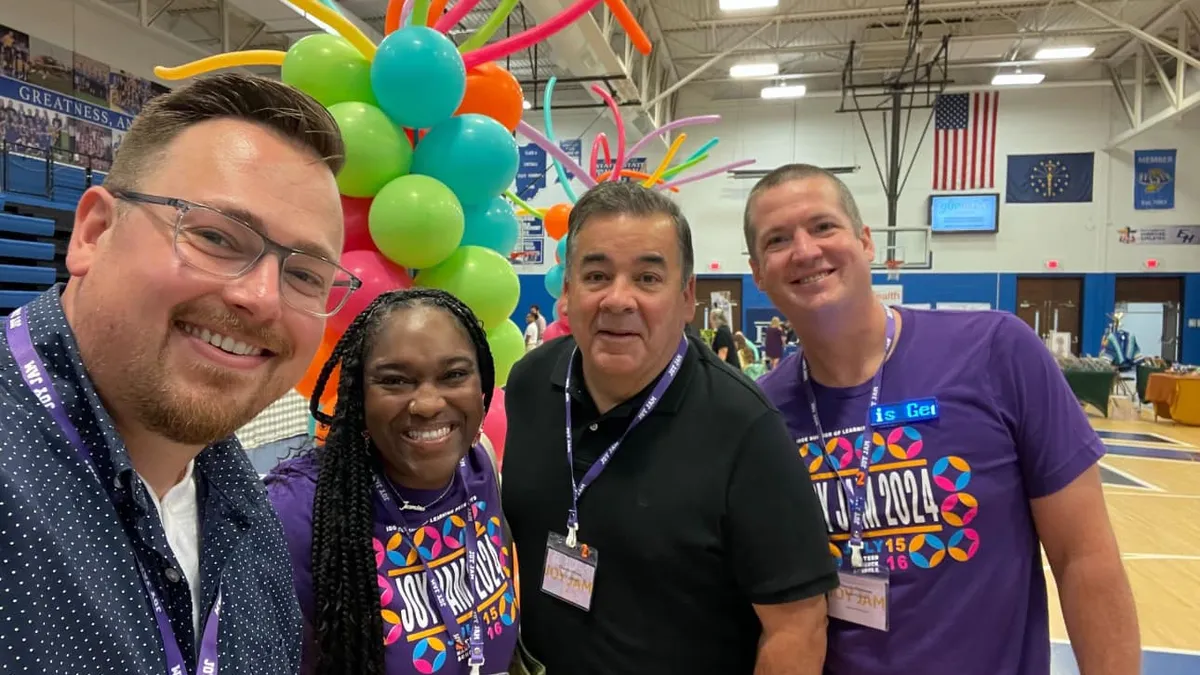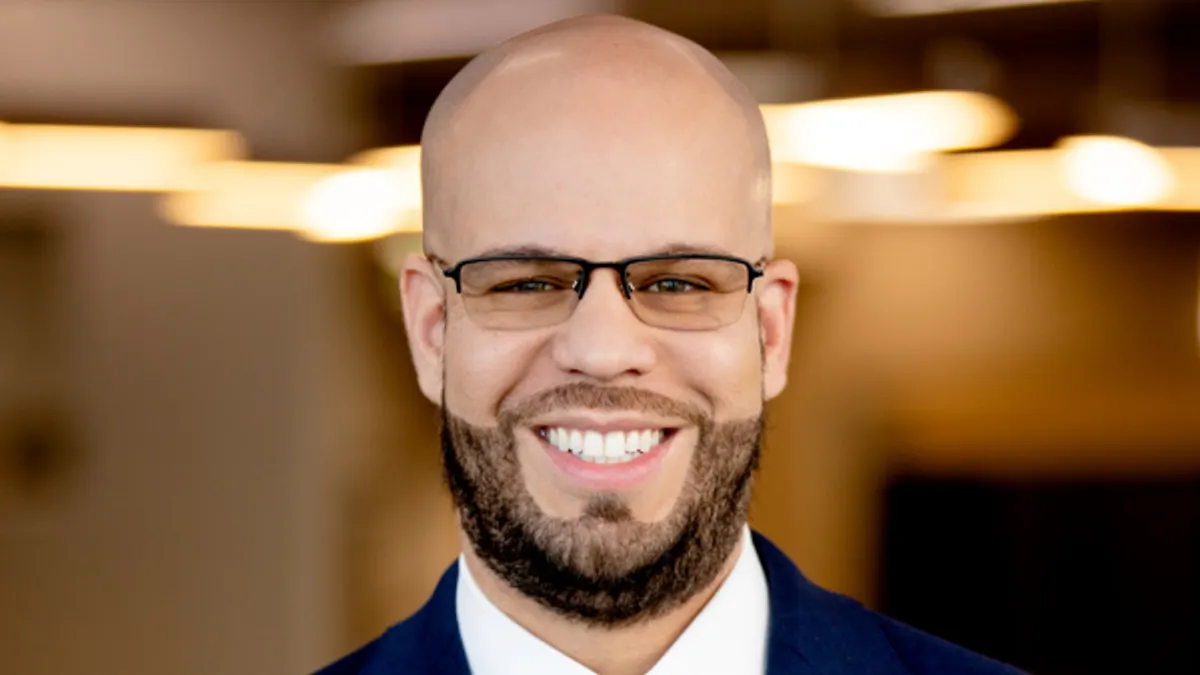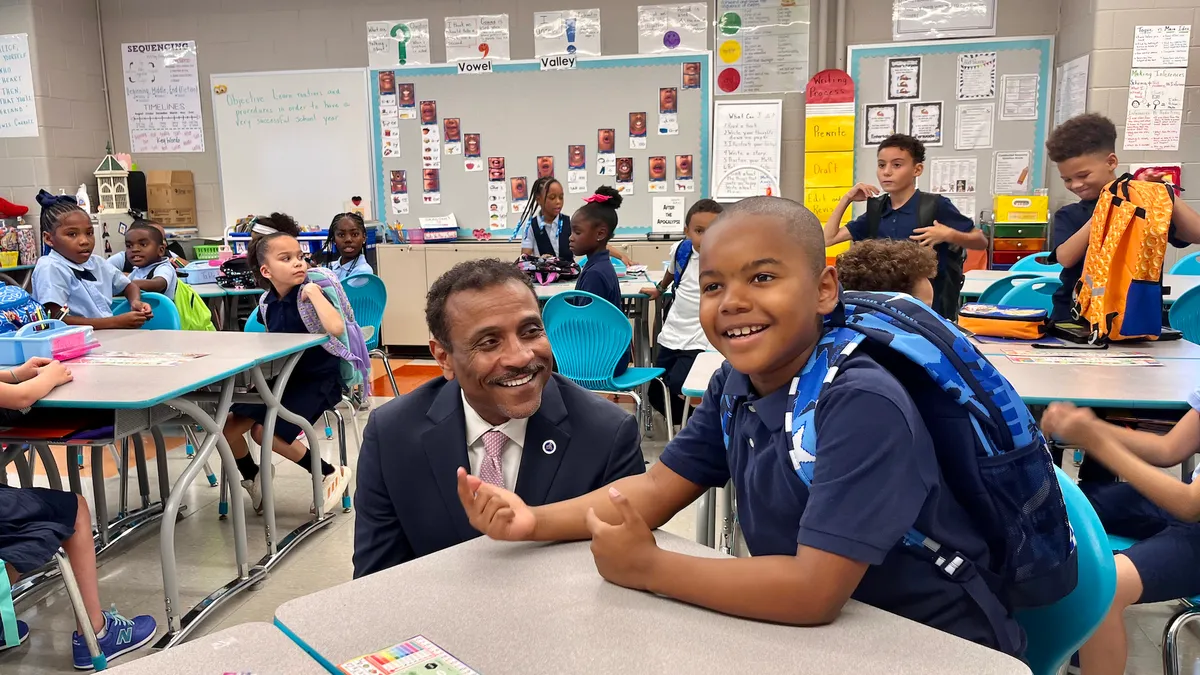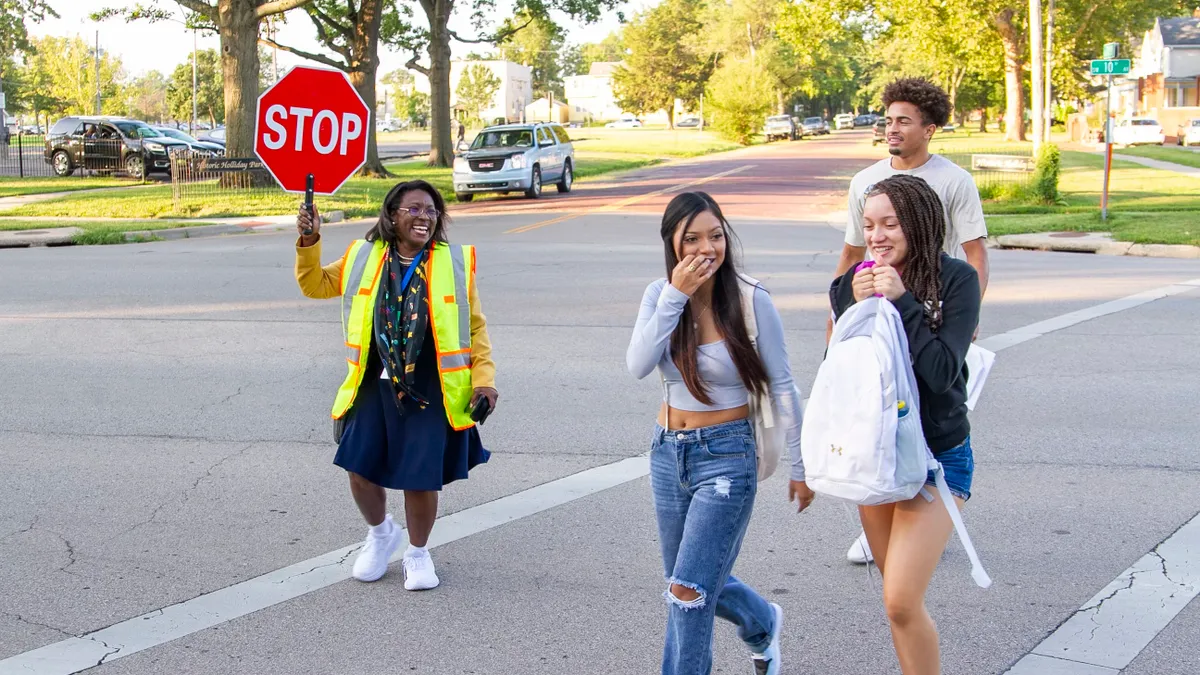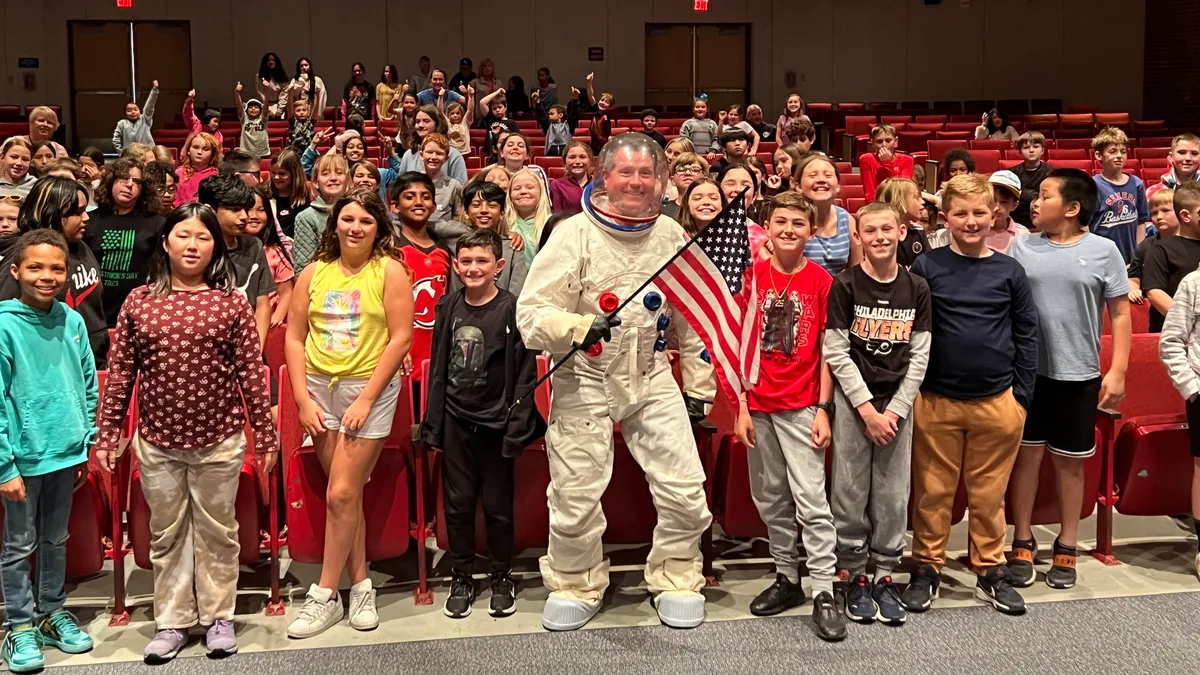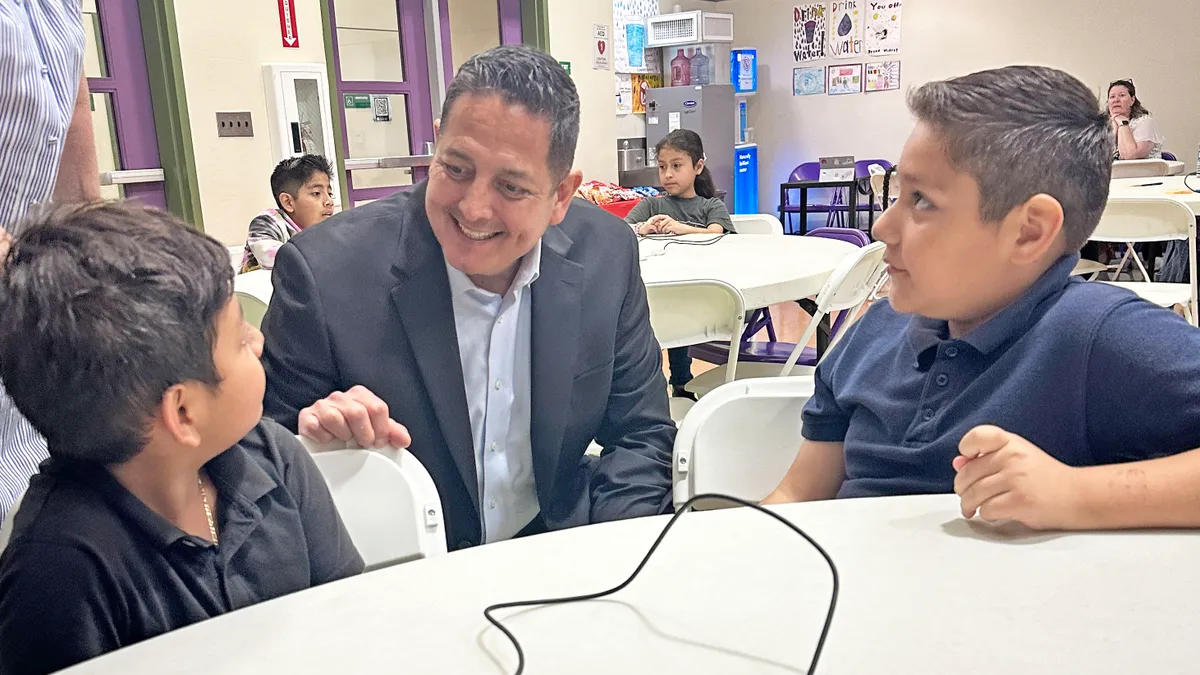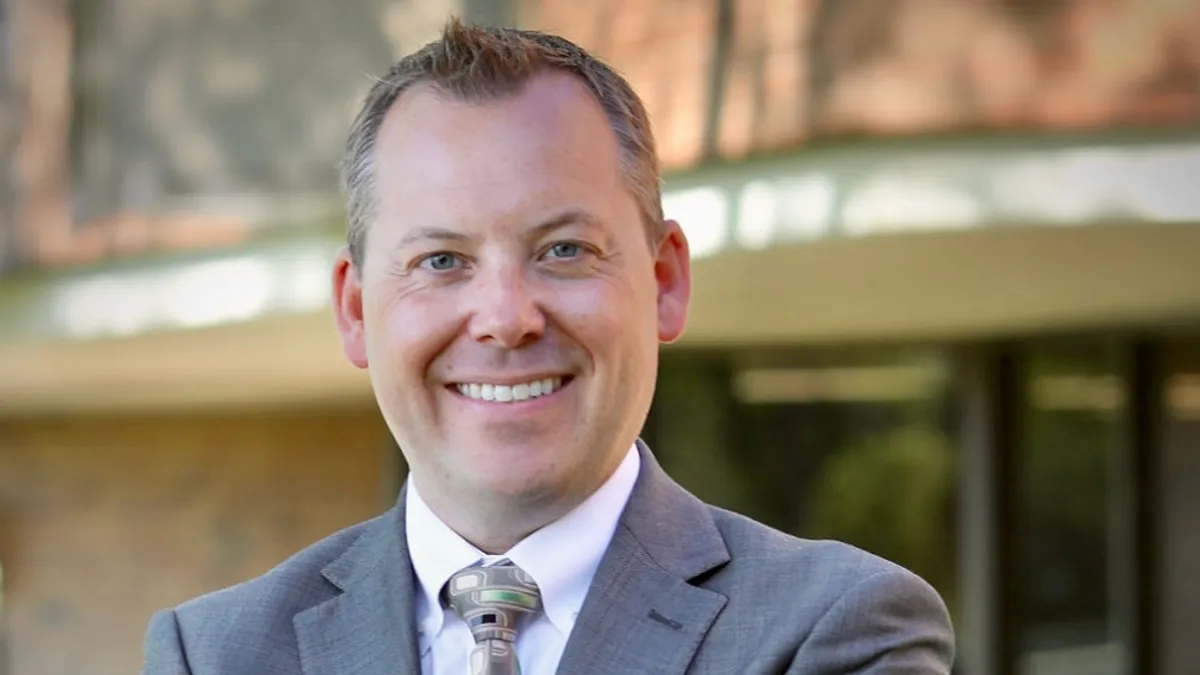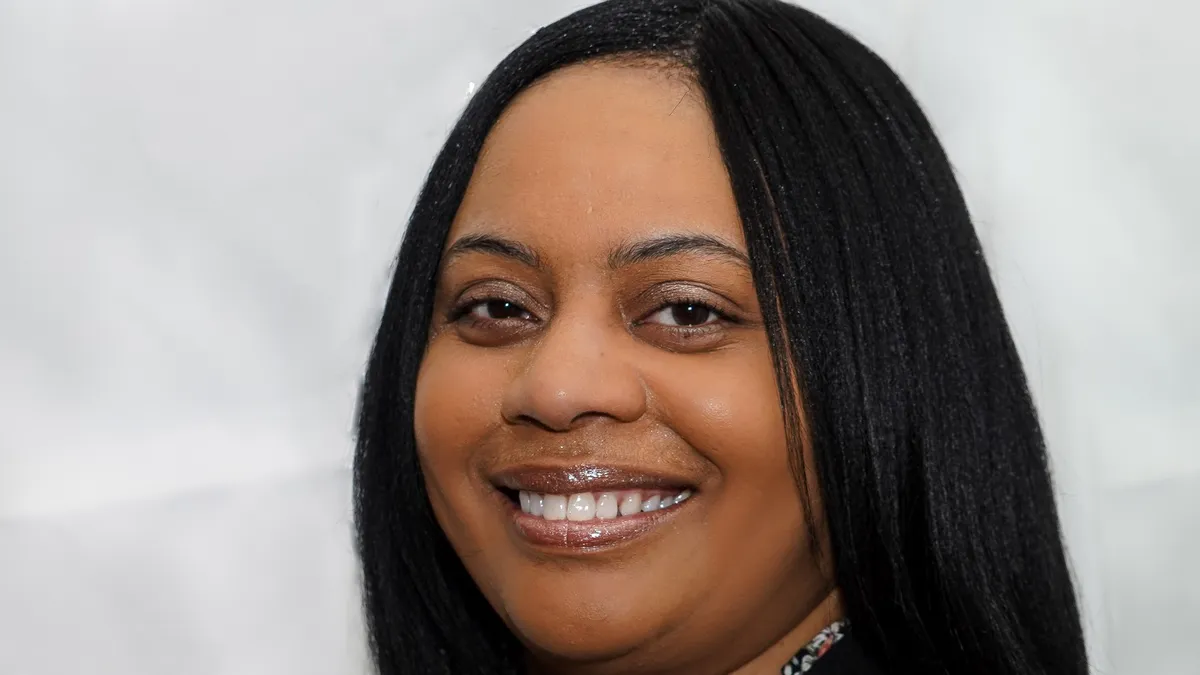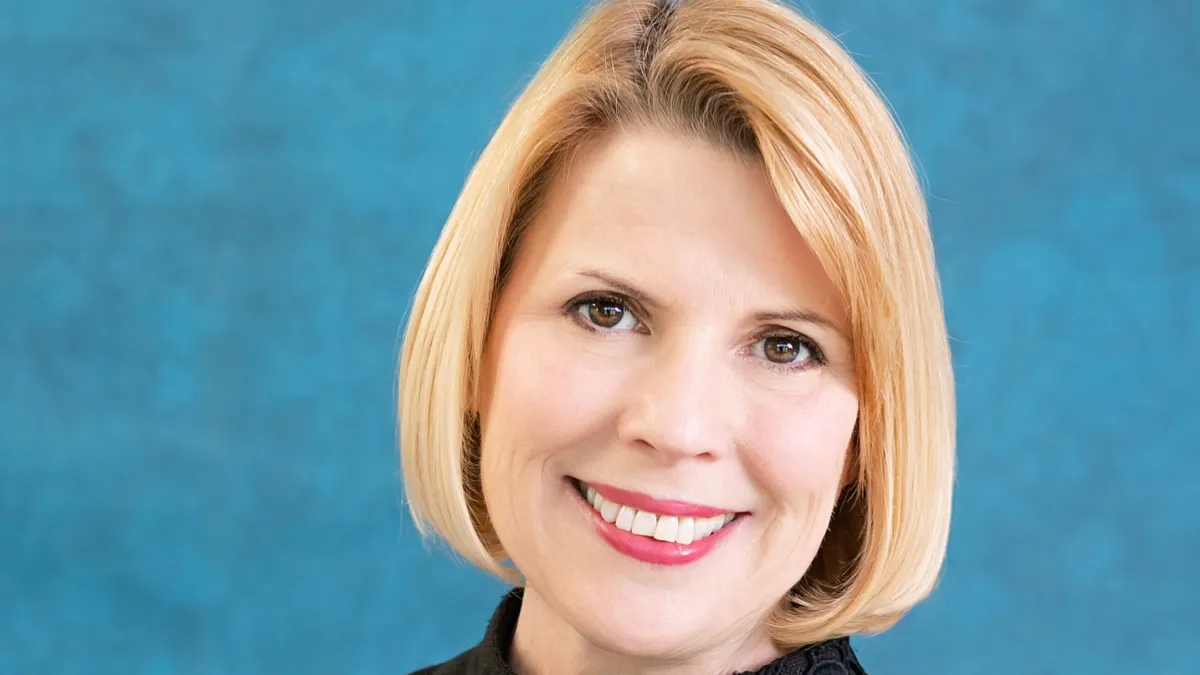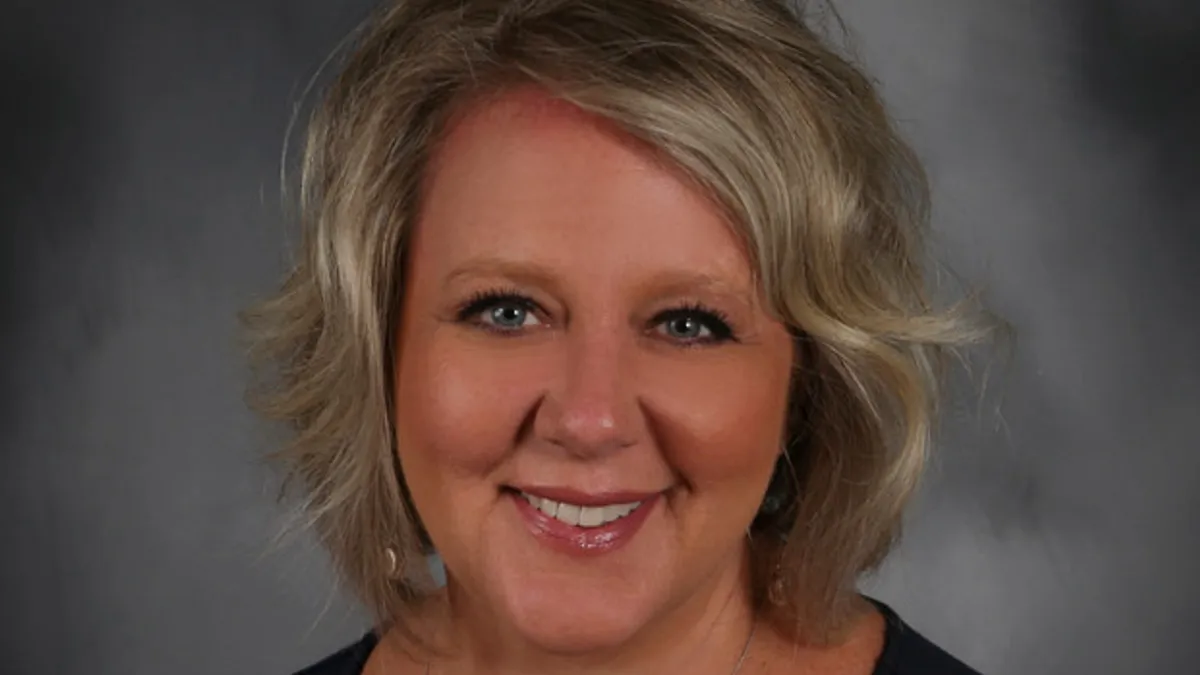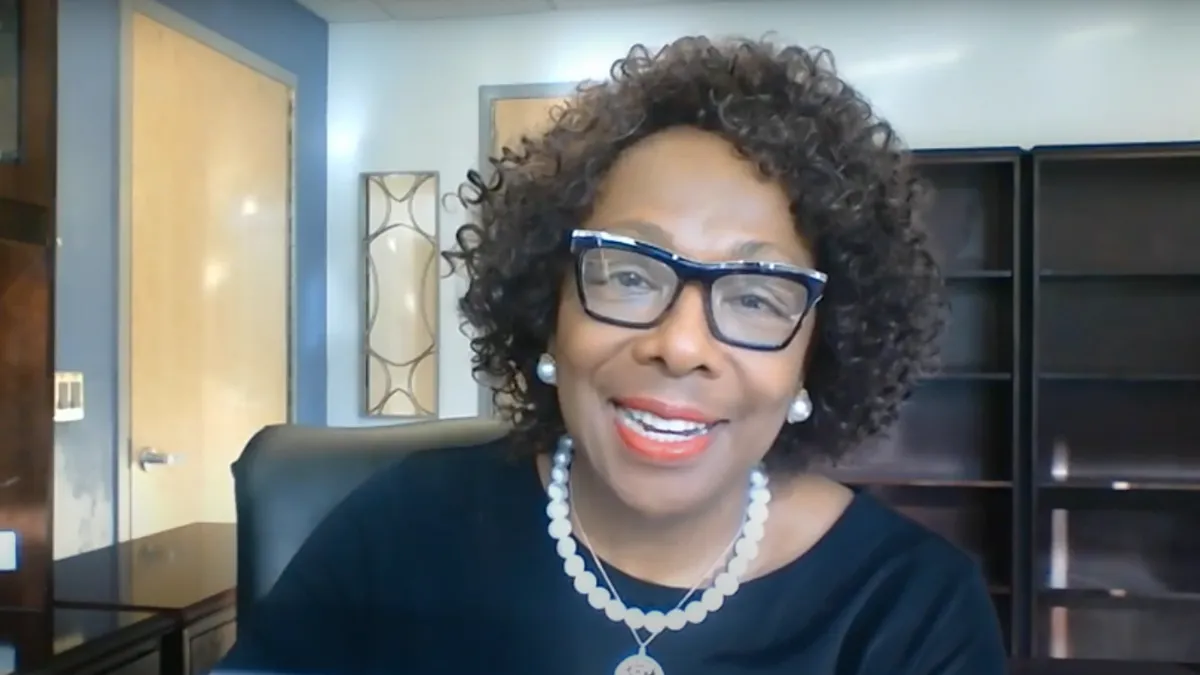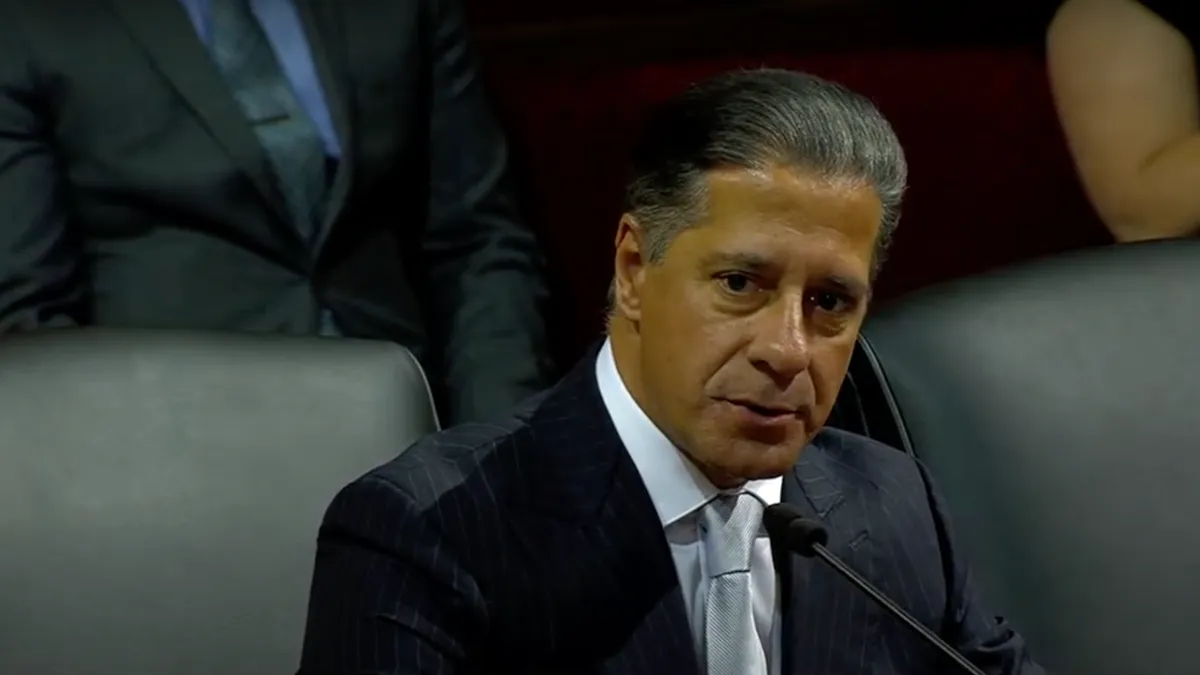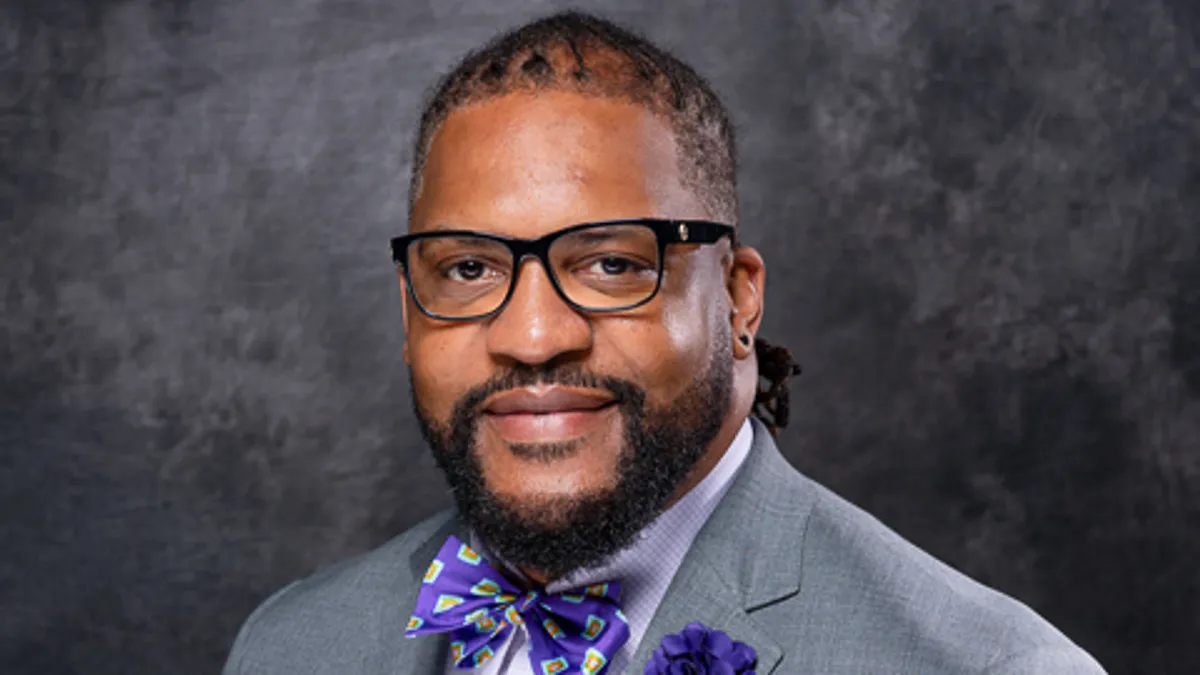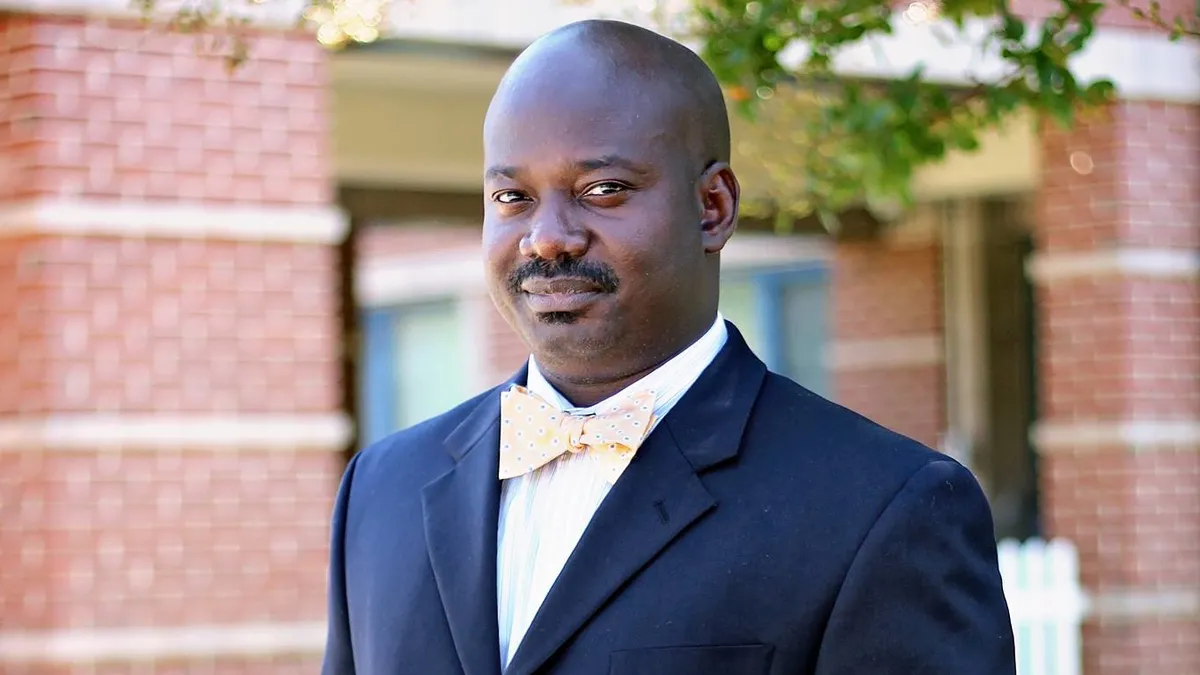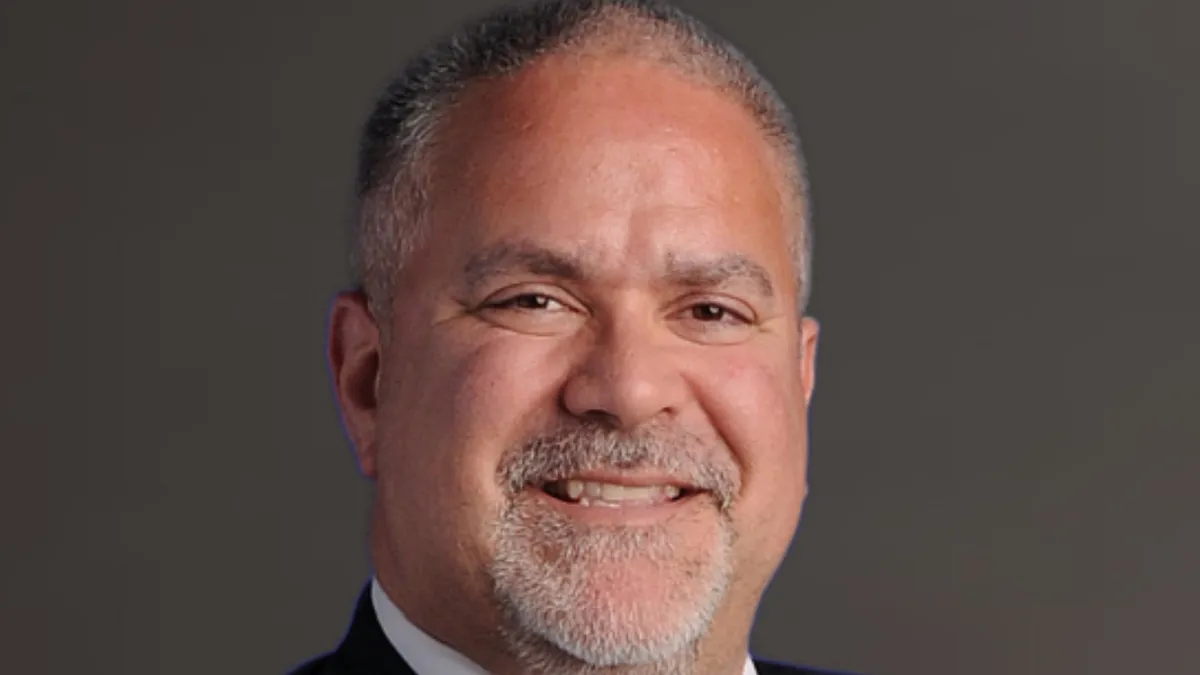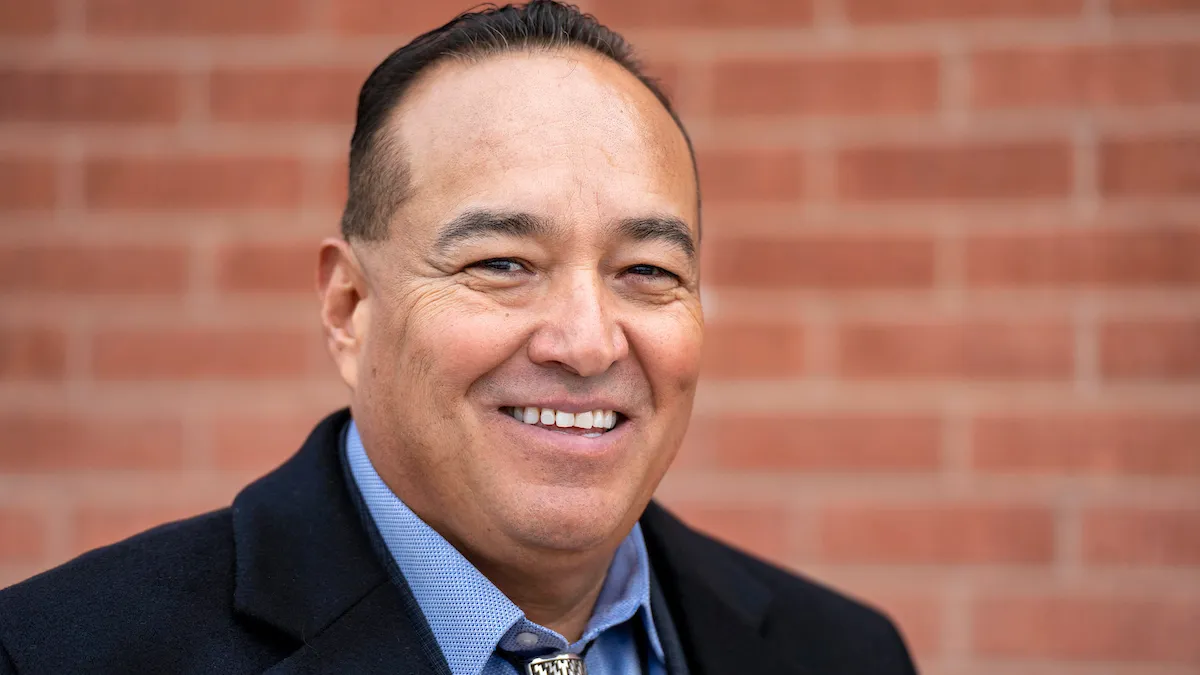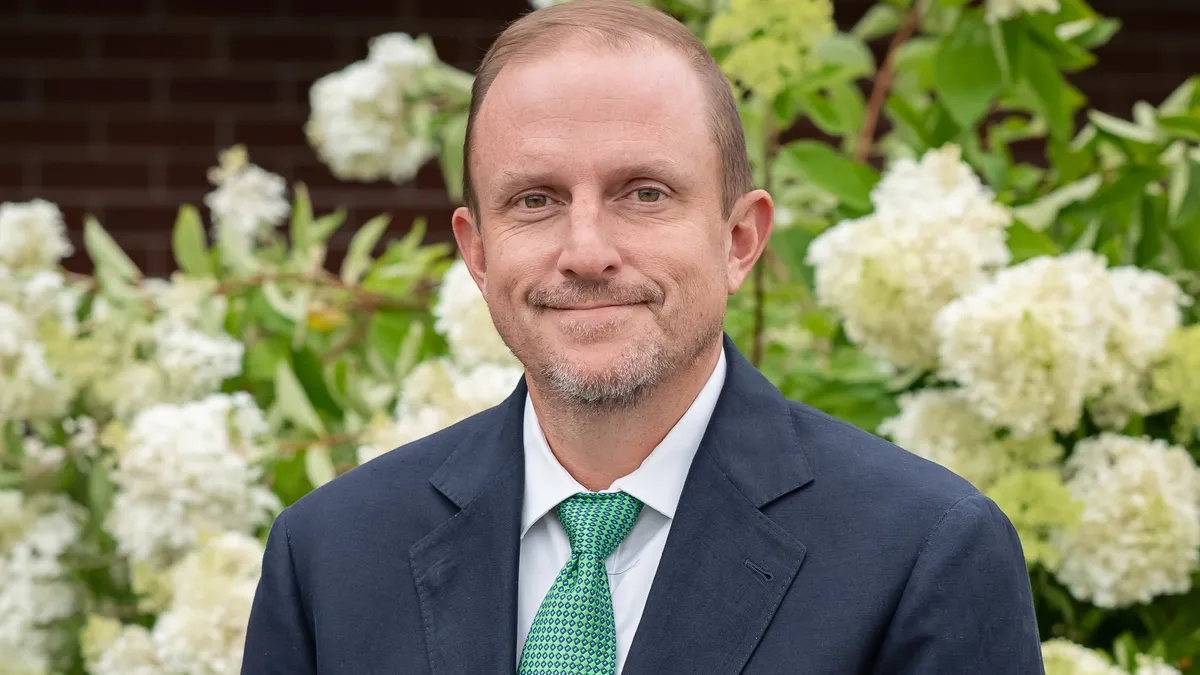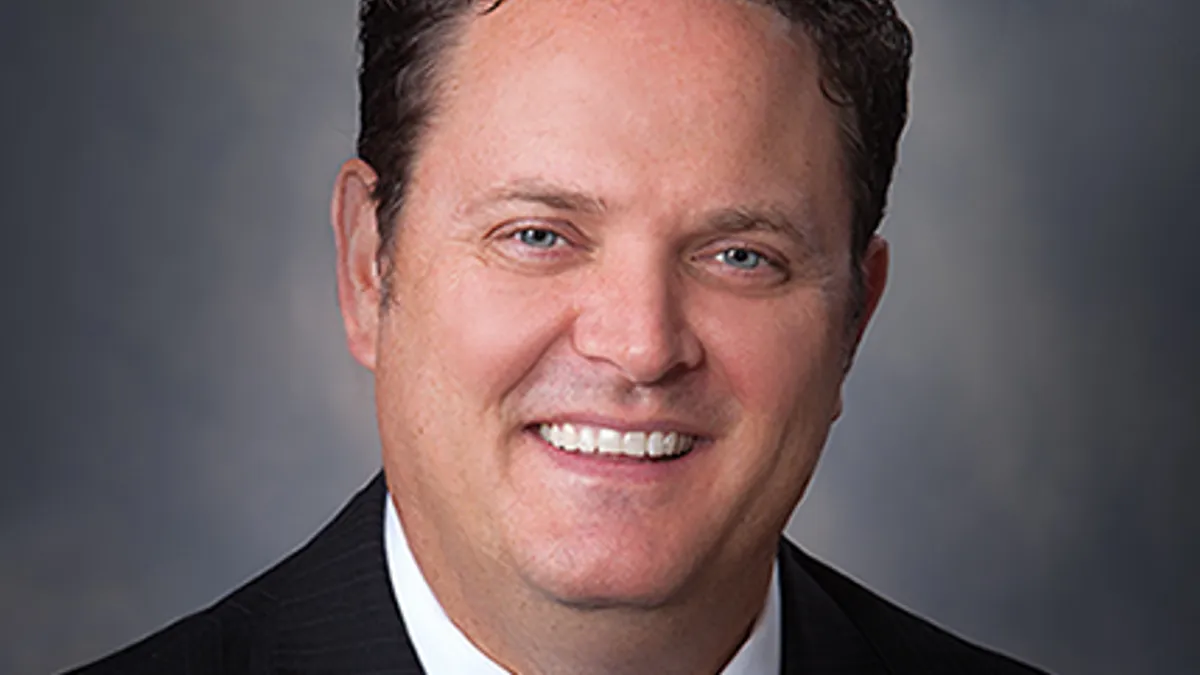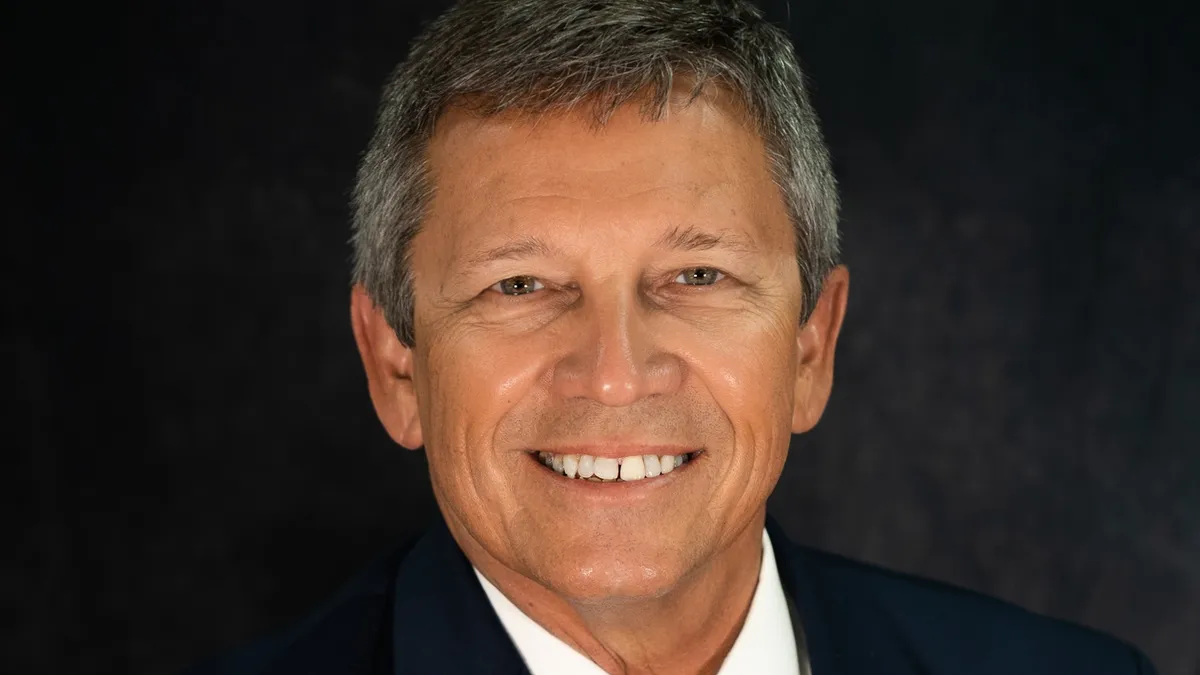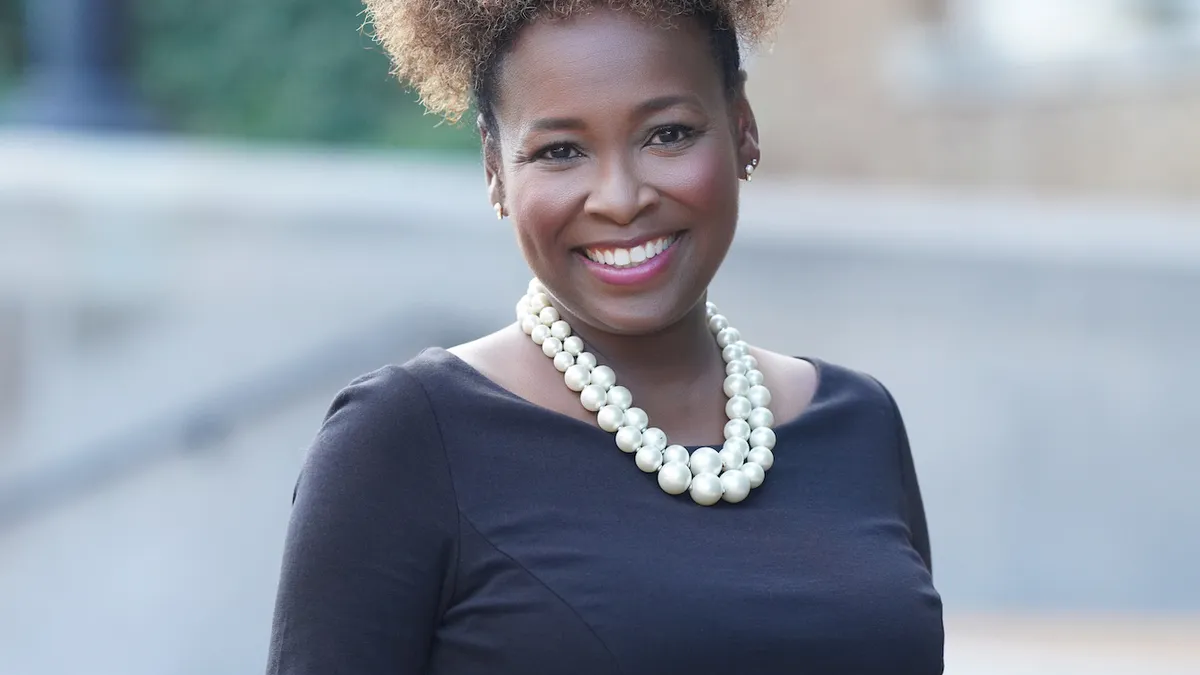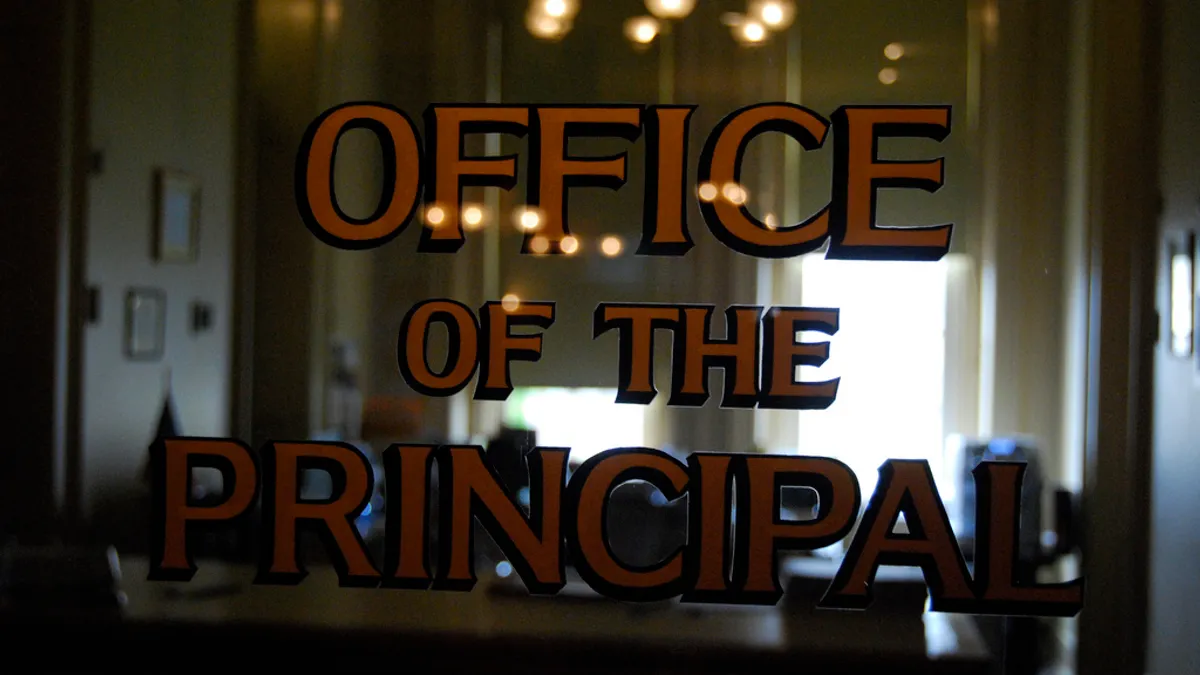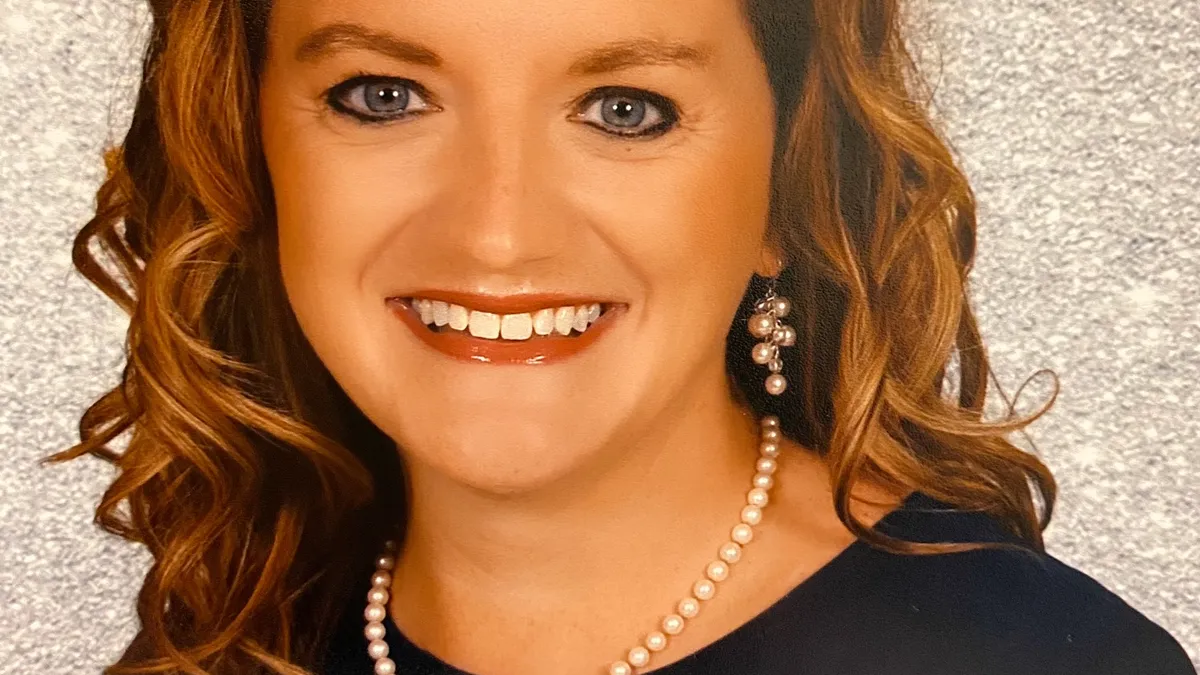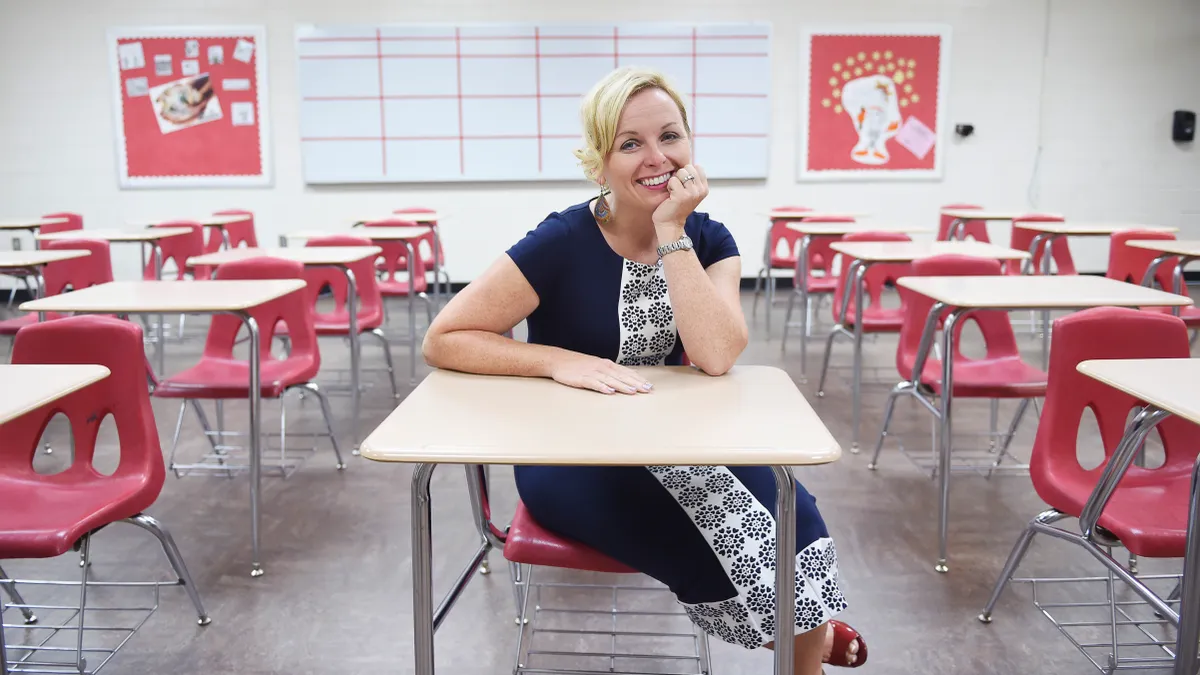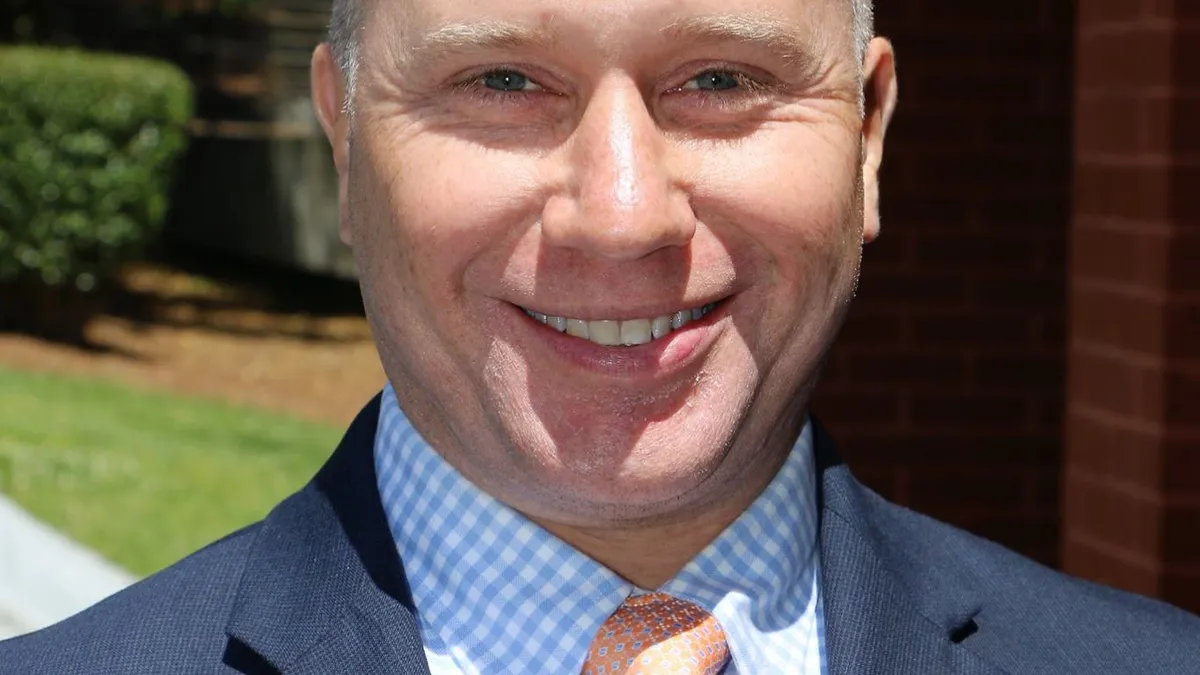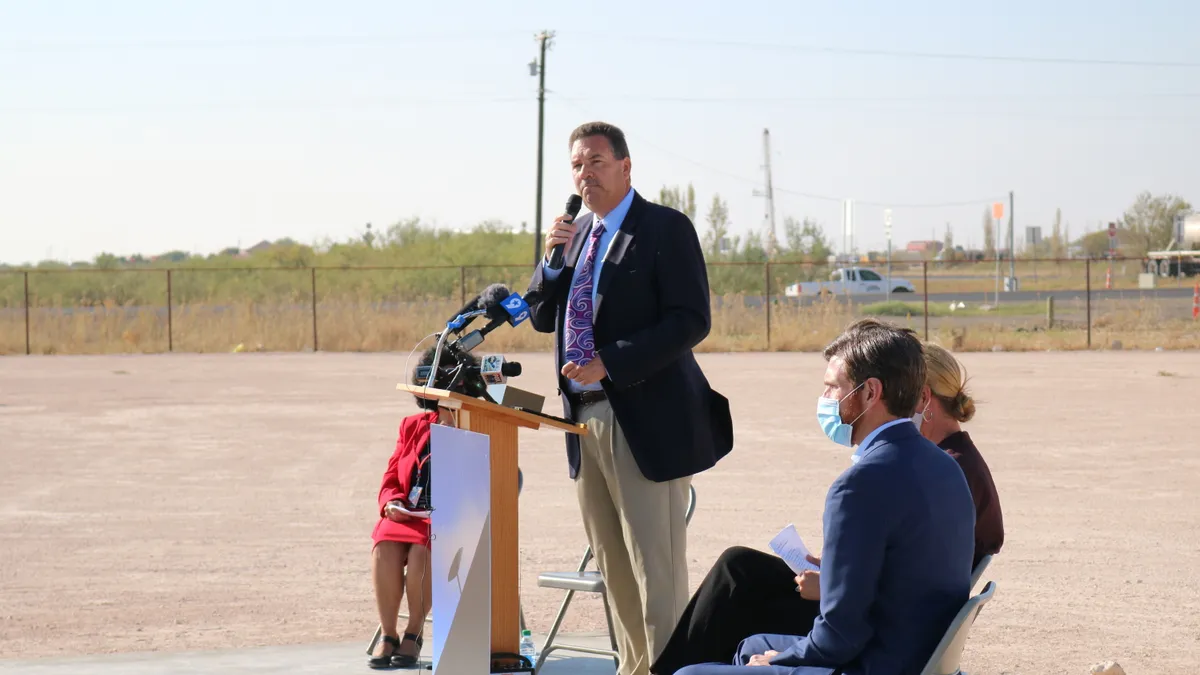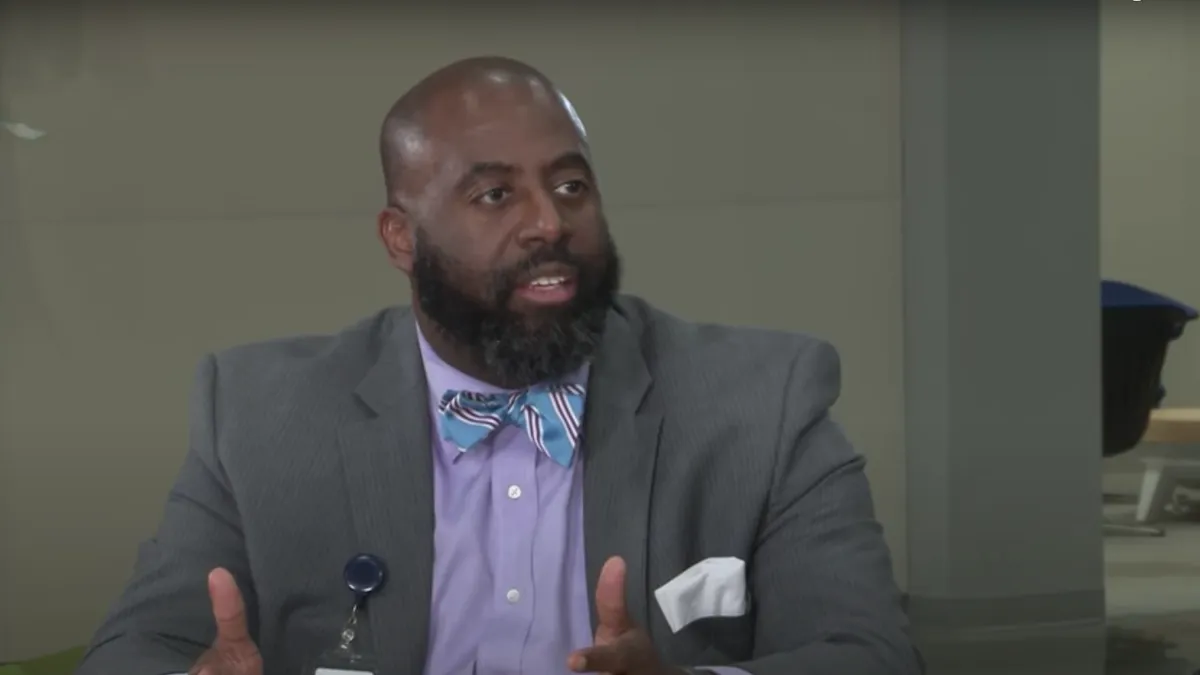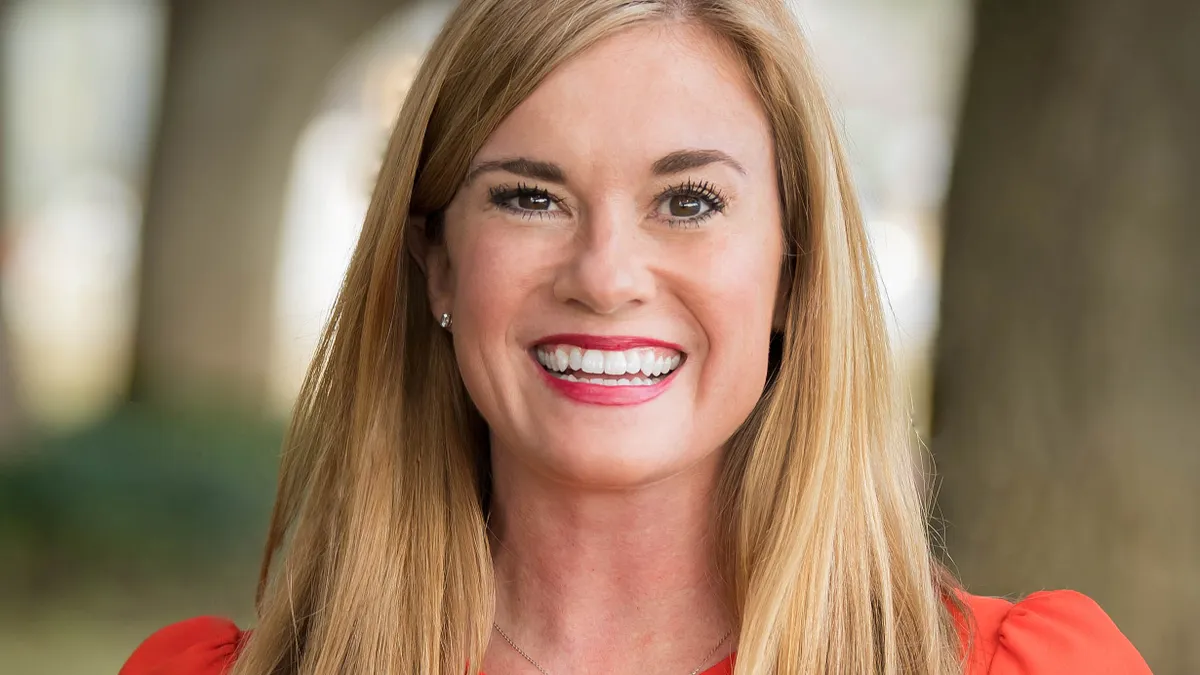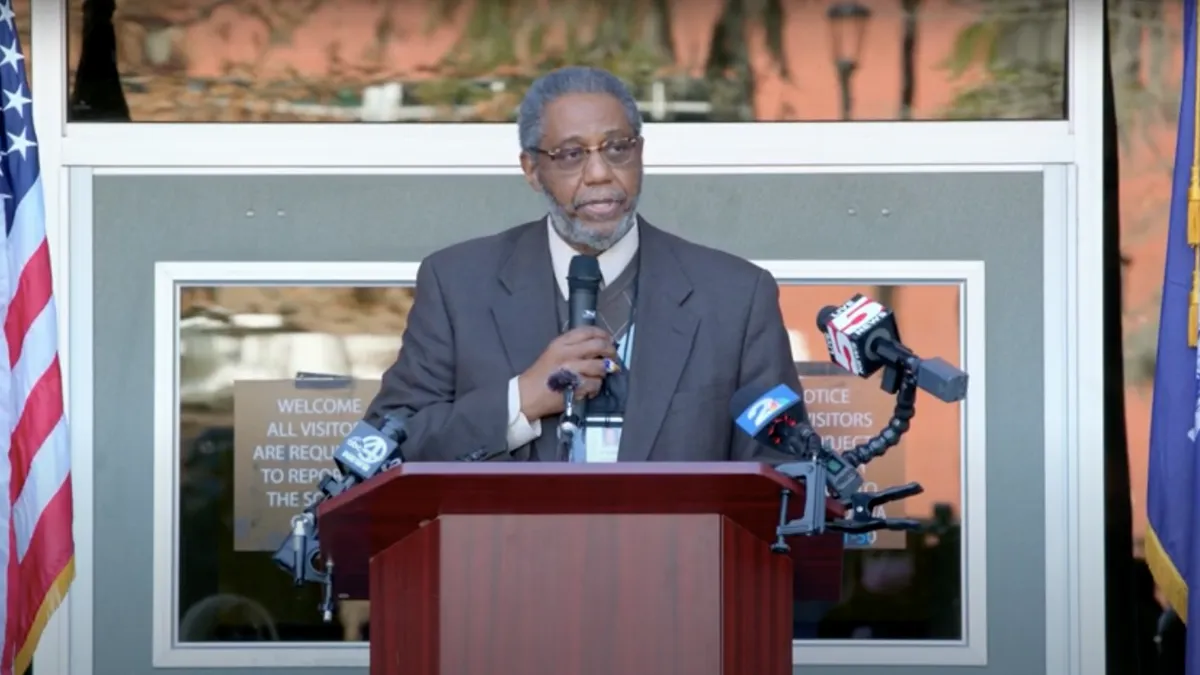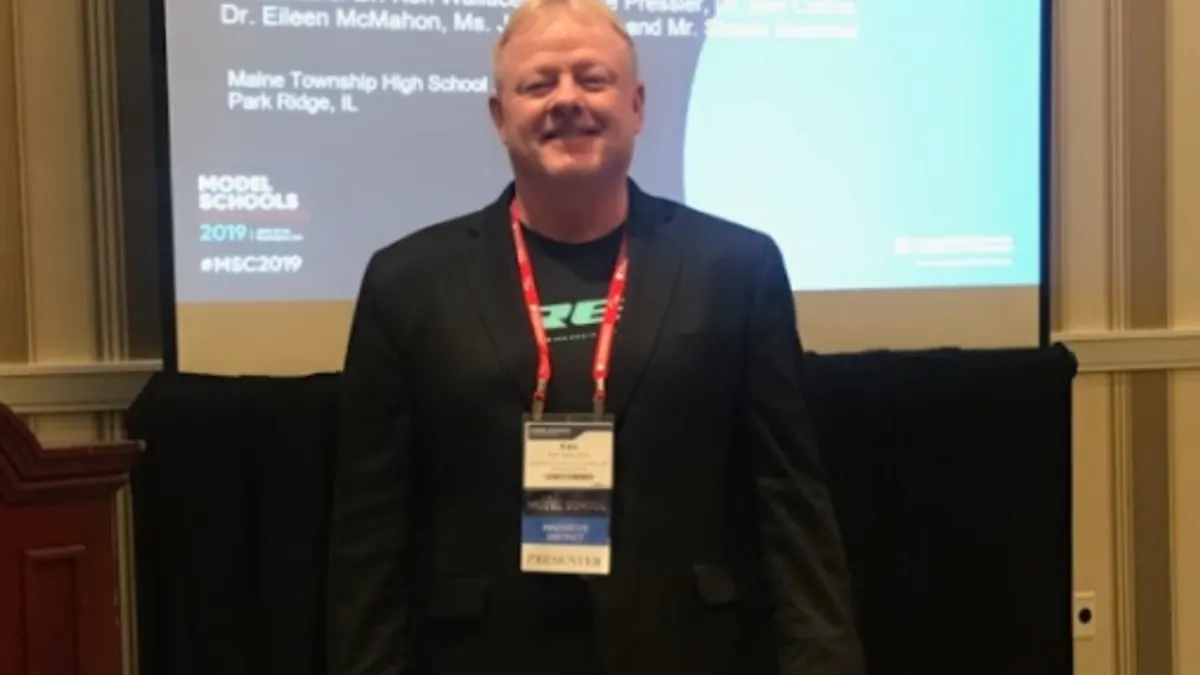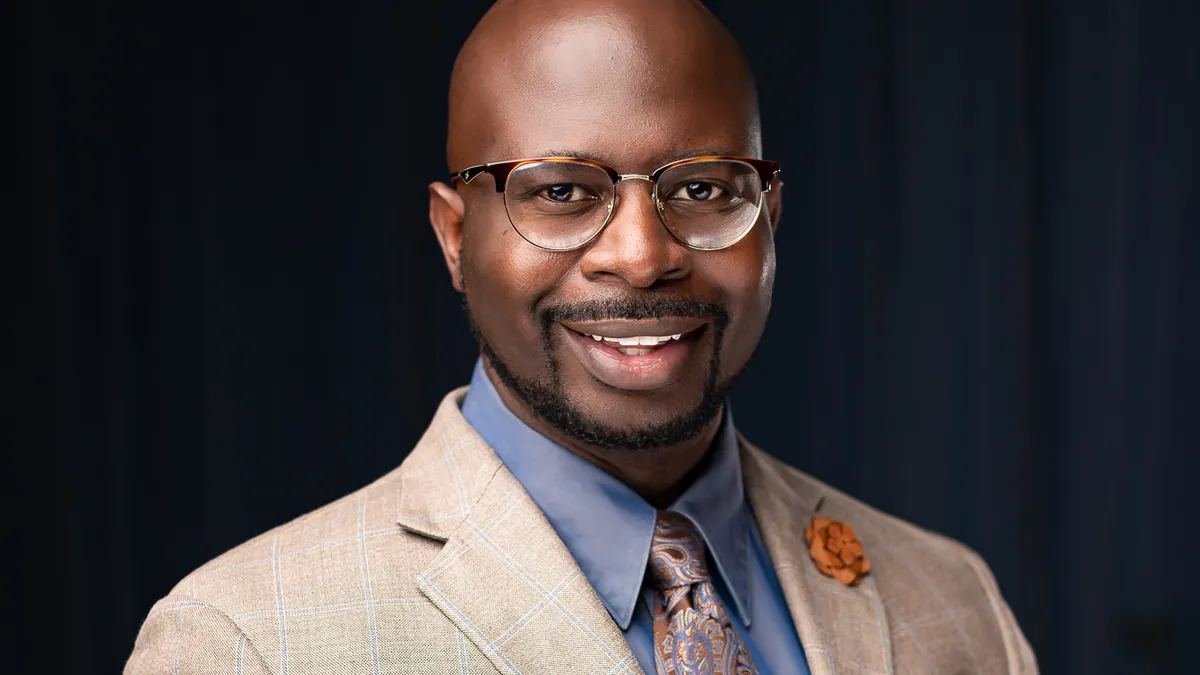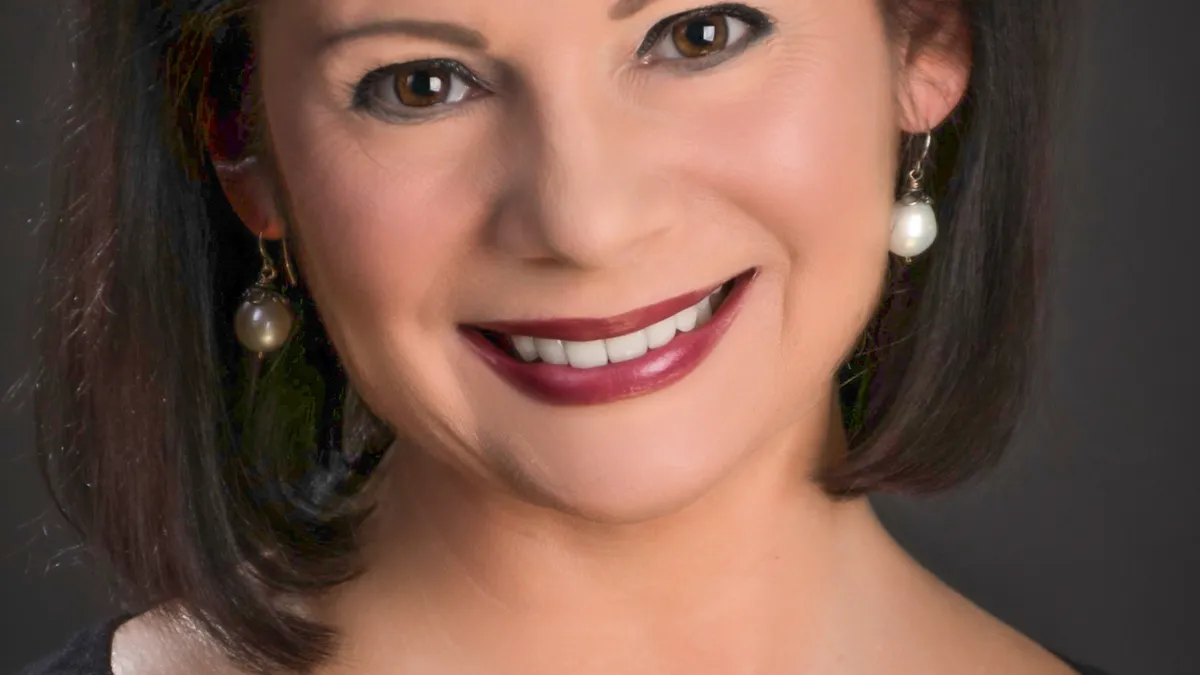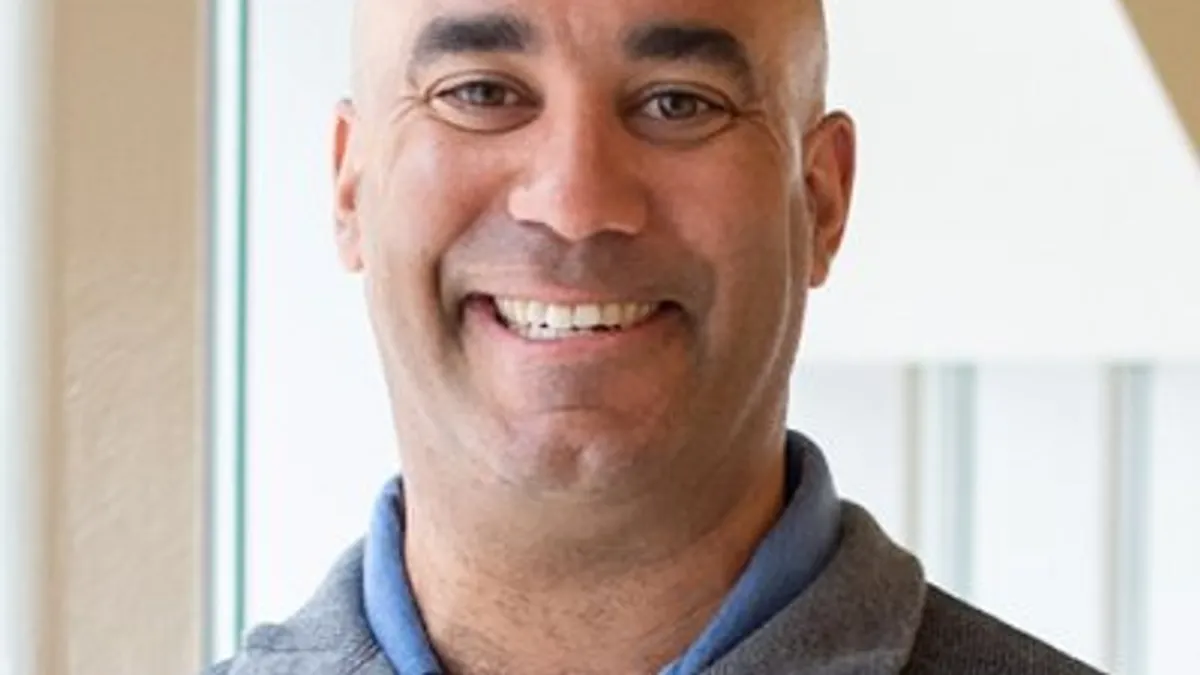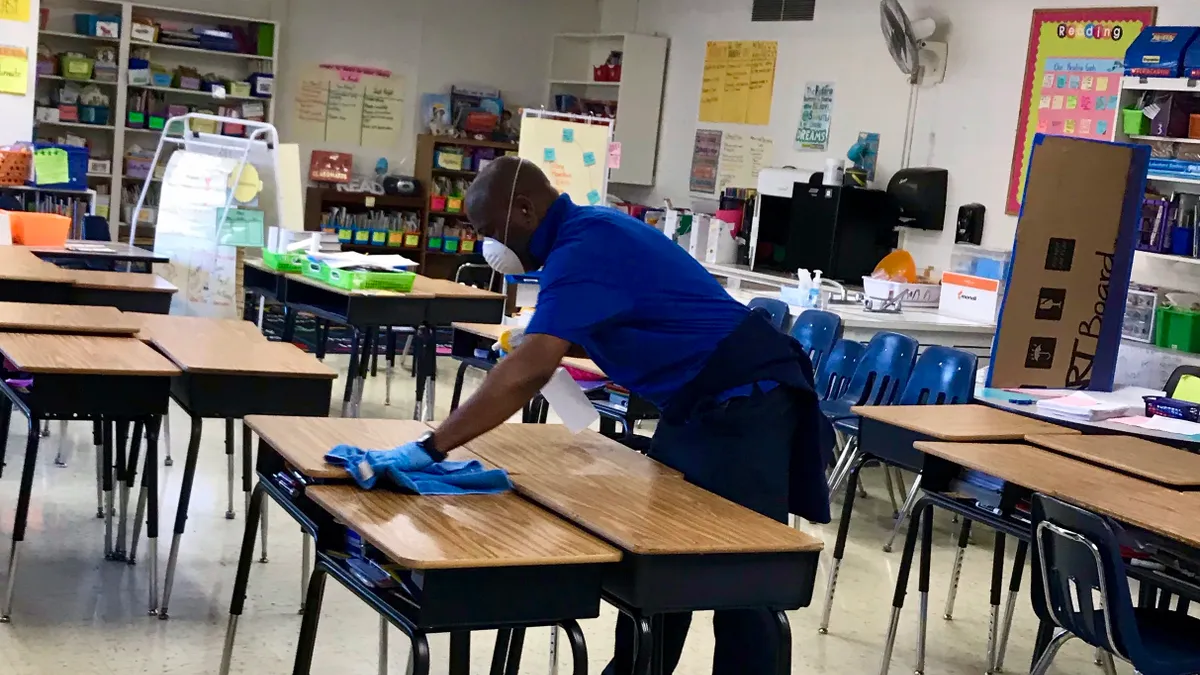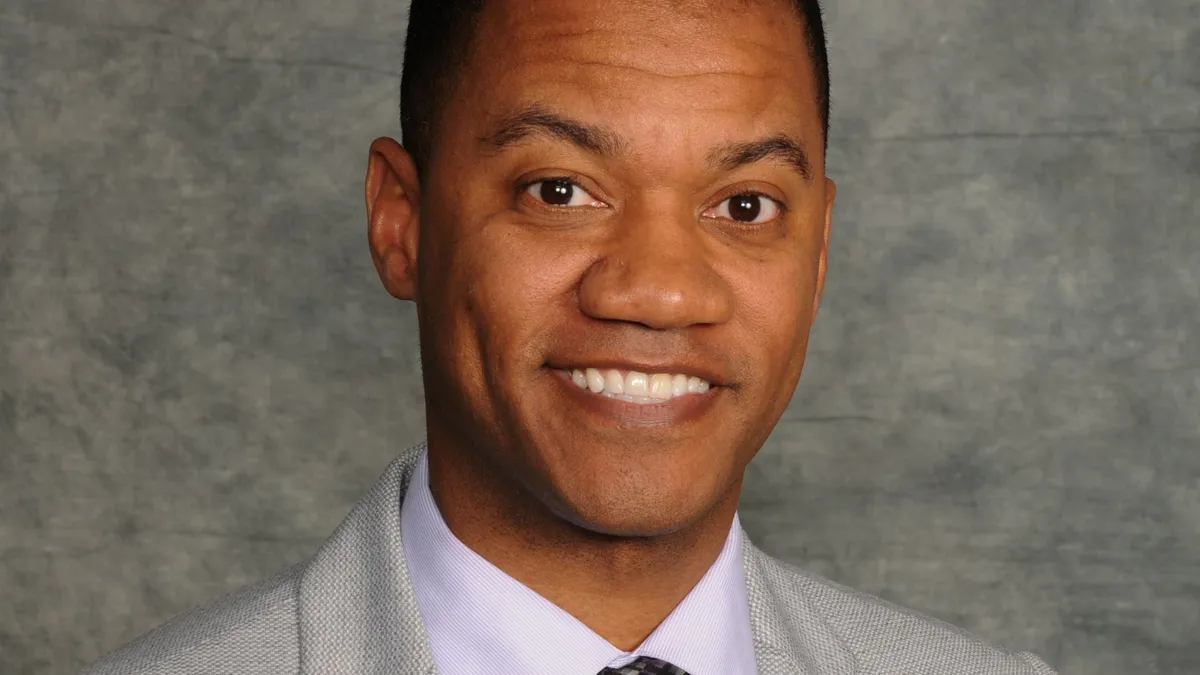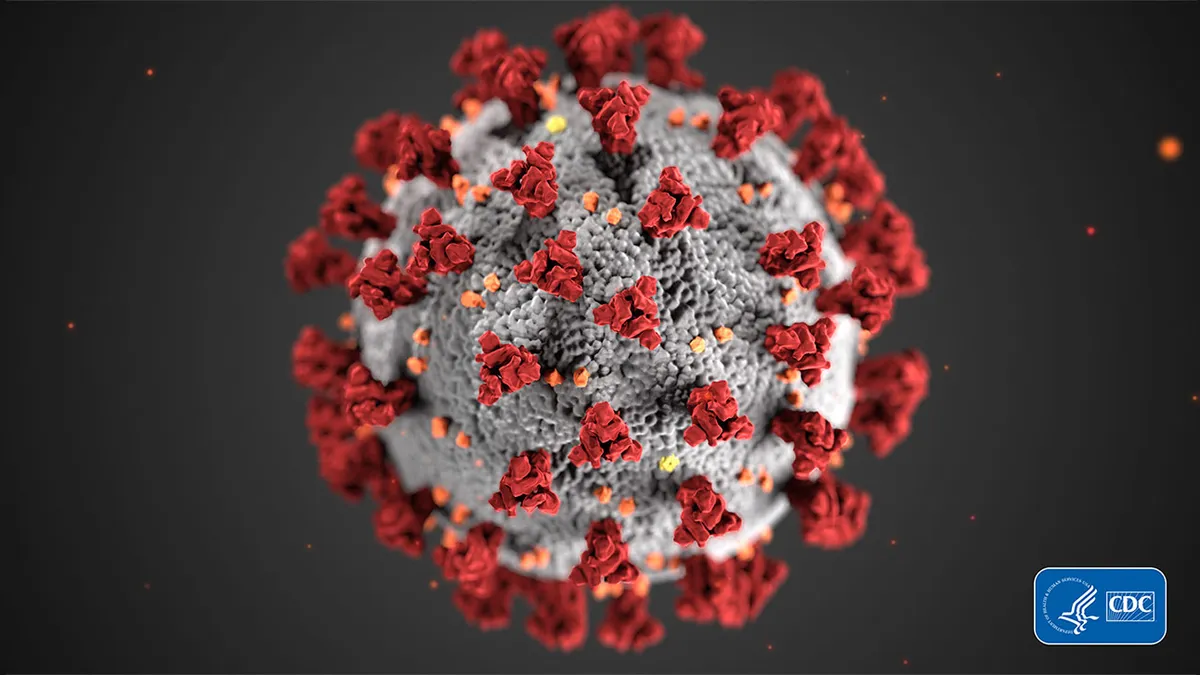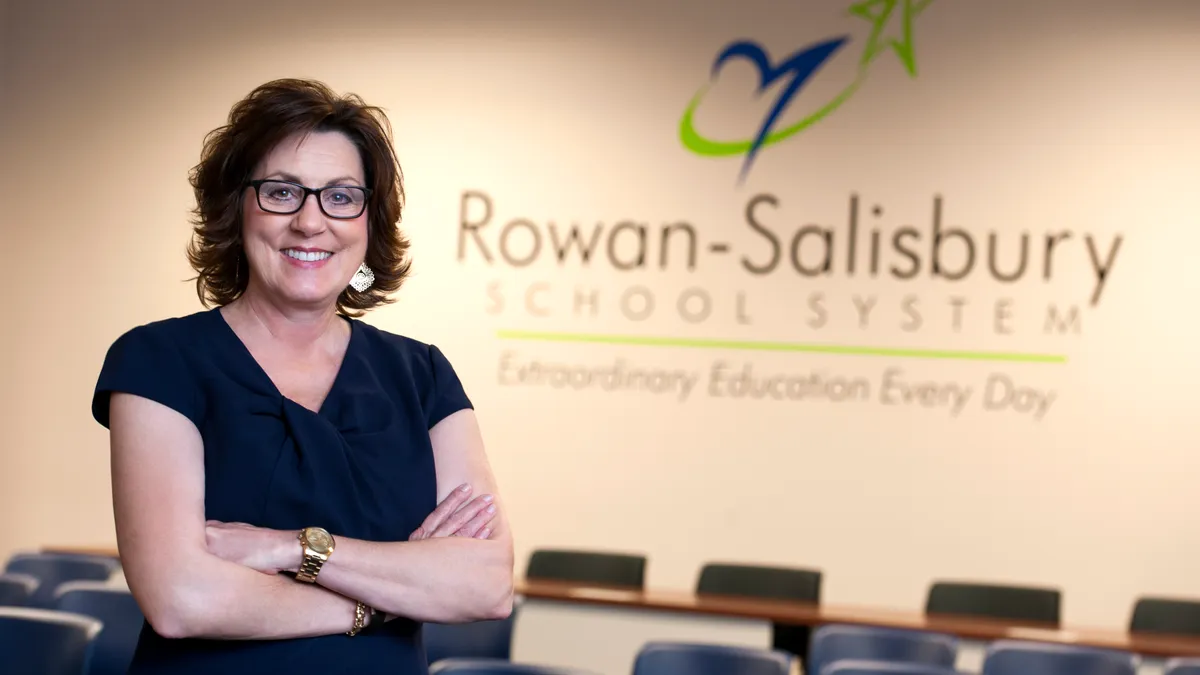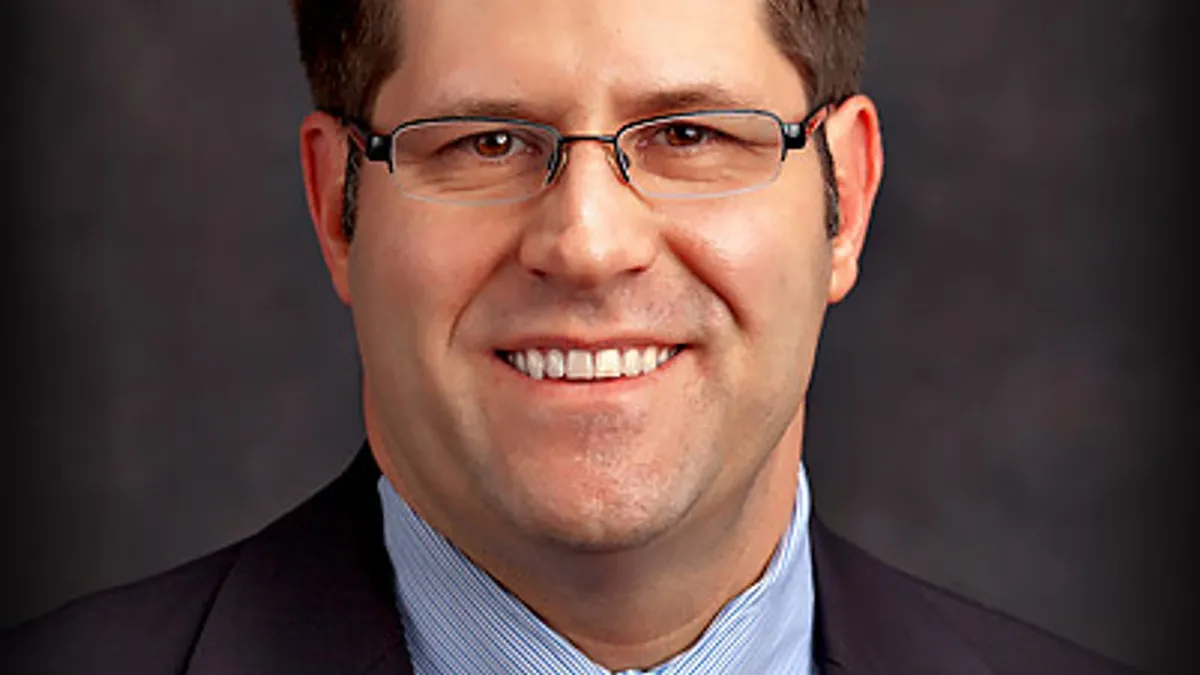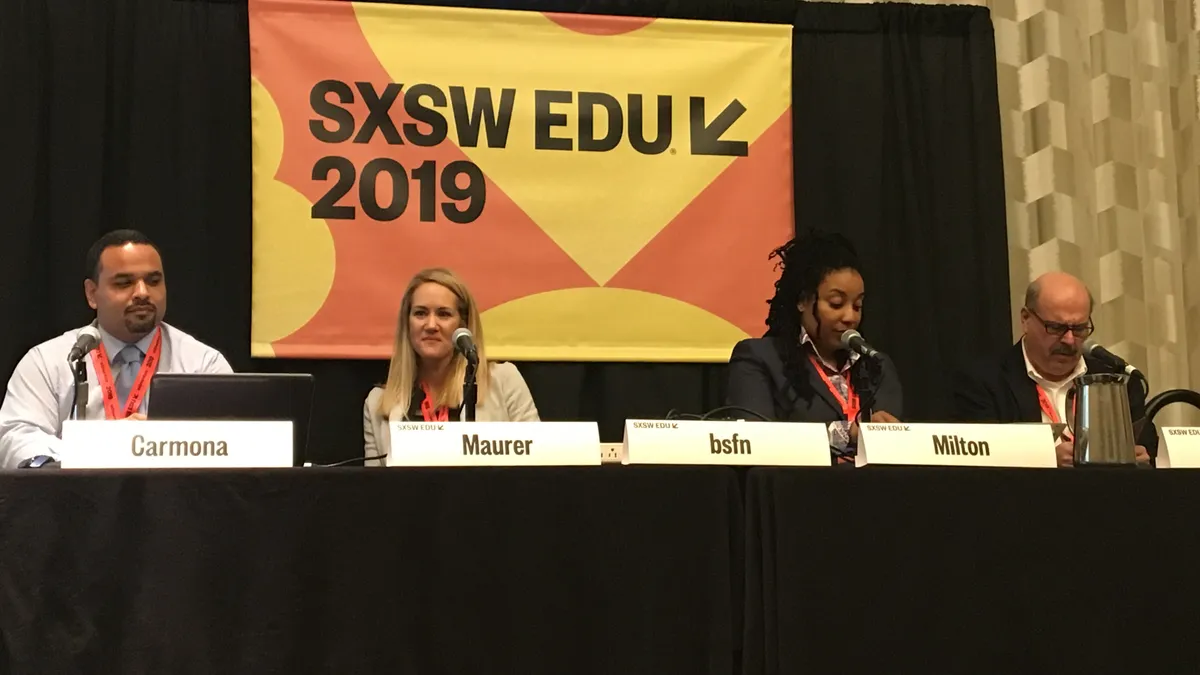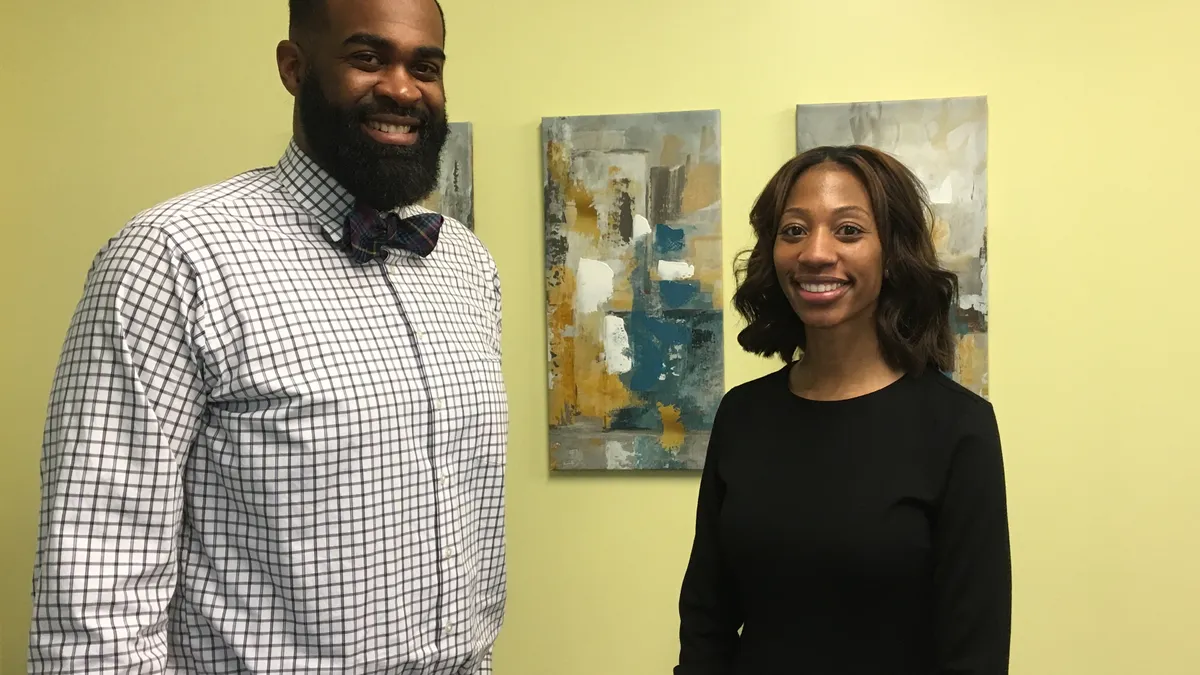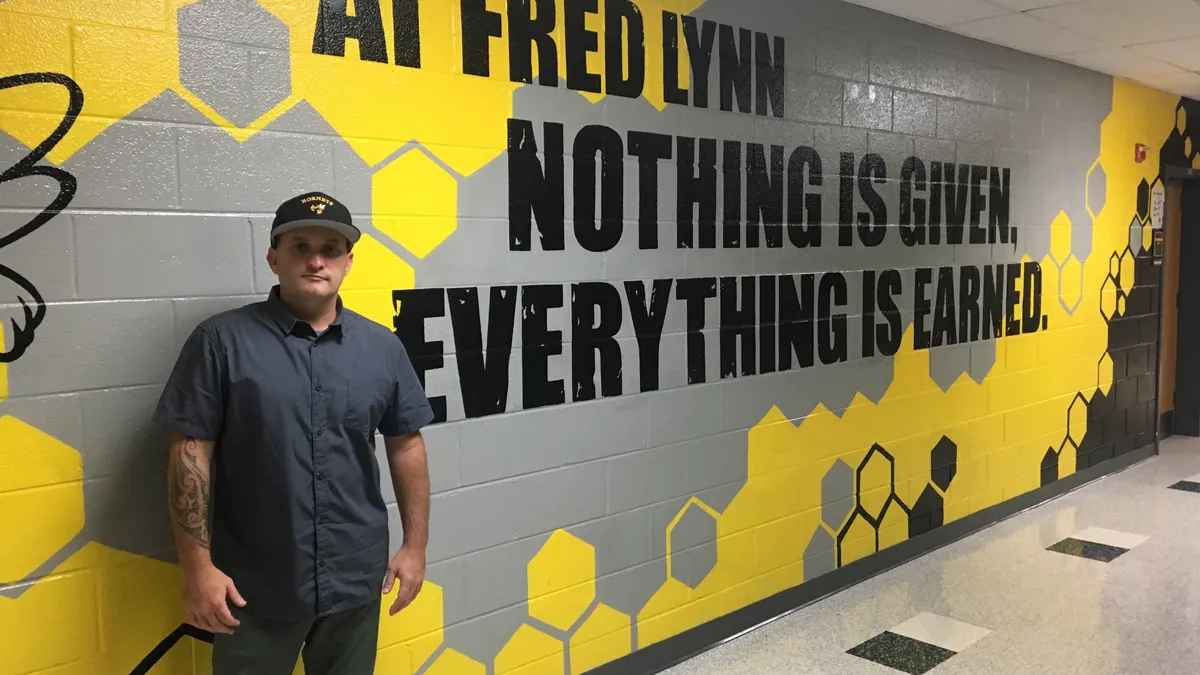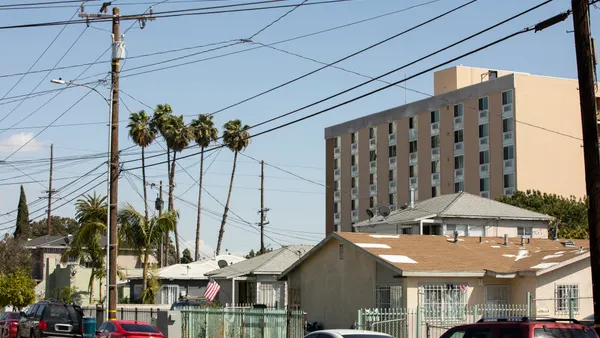Lessons In Leadership is an ongoing series in which K-12 principals and superintendents share their best practices as well as challenges overcome. For more installments, click here.
Born into a family of educators, Matthew Friedman knows the vital impact education has on people and communities — and also why it has to adapt to fit the world students will eventually graduate into.
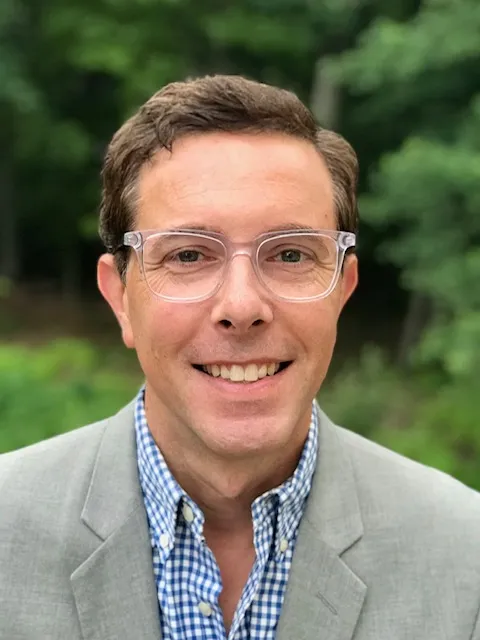
Now in his second year leading Pennsylvania’s Quakertown Community School District — and just over two decades into his educational career — Friedman is prioritizing an agenda that focuses on the essential skills today’s students will need in a fast-evolving global economy. A mixture of community partnerships and a rethinking of career exploration have thus far been hallmarks of his tenure in the 4,700-student district located between Allentown and Philadelphia.
We recently caught up with Friedman to learn more about his innovation strategy, the importance of working with the local chamber of commerce, and what he sees as the greatest barriers to change.
Editor’s Note: The following interview has been edited for brevity and clarity.
K-12 DIVE: When it comes to innovation, how do you determine what to prioritize?
MATTHEW FRIEDMAN: When I came in, one of the things I quickly recognized was a lack of opportunity for students to really focus on durable skills and workforce skills that are necessary in today's global economy.
This past [school] year, I looked at things like the World Economic Forum’s core skills for 2023, and I tried to focus on “How can we use our core content knowledge and tether it to future-ready skills that help prepare young people for their futures?”
I always use the analogy of building a house: You can build the biggest house in the world, but if you don't have a strong foundation, the house is not going to survive. It's going to fall. So you need to start at the bottom and build up.
We spent last year developing a district portrait of a graduate, which we will be implementing and kicking off this year. We spent the summer tying it to our current curriculum. We identified five durable skills that we're going to focus on in the district that are going to be amplified in our current curriculum.
Finally, we started focusing our work with Ed Hidalgo. If you're familiar with Ed and the work he did at Cajon Valley with David Miyashiro and the “World of Work,” Ed has been working with us on our career language initiative, using RIASEC to really personalize career exploration for all students, K-12. Students are going to self-identify strengths and interests based off of their RIASEC letters, and it's going to help us prepare for future career preparation — especially when they get into high school.
We have career pathways where kids can take courses based on their interests that will set them up for potential higher ed or workforce opportunities. They have internship and job shadowing opportunities at the high school level, as well.
We're building an ecosystem and a culture where we are really focusing on future-ready skills being tethered and connected to core content knowledge.
How much do you work with your local chamber of commerce to fine-tune career exploration opportunities for students?
FRIEDMAN: I am an active member of the Upper Bucks Chamber of Commerce. The executive director of the chamber was one of the external stakeholders for our portrait of a graduate development.
We have a lot of people from local business and industry along with the chamber, and I go to monthly meetings and I've been sharing out the portrait and I shared out RIASEC and what that meant and how students are self-identifying strengths and interests. So it is so important.
Everything I just went over is going to interconnect with the work that I do with the chamber and the businesses and industries that sit on the chamber board. They're well aware of the things we're doing and the skills we are focusing on and trying to amplify in our classrooms.
How much does working with the chamber figure into your strategies for getting community buy-in on these initiatives, and for making sure the community understands what's going on when school might look different than when they were younger?
FRIEDMAN: I feel it's my job as a superintendent to get out into the community to connect with key stakeholders.
Working with organizations like the chamber is so important, because I give them pretty much monthly updates when we meet.
We have a great relationship with our Upper Bucks County Technical School. Students apply to go to the tech school in 9th grade, and it's not a full-day program. It's actually a half-day program. They spend half the day in our high school and half the day at the tech school.
We've really pushed the trades, and I'm the superintendent of record of the tech school. So that has really helped bridge that gap. Out of about 975 students at the tech school, Quakertown has about 430 of those students.
One of the things that I personally have been working on diligently is better ongoing communications for the district. I realize — especially in today's world — how important it is for us to tell our story, to be transparent, and to have all different types of ongoing communication with the community at large.
Next month, I'm starting a superintendent parent advisory council. I'll have three parent representatives from each building as part of my council, and we'll meet on a monthly basis and talk about different concerns the parents bring to the table, and I'll share information. It will be a great conduit between myself and the parents and community to really get information out.
We're starting a monthly parent academy, and there will be a different topic each month. In September, we're going to be talking about all the different types of instructional technology that students are using in our schools day-to-day, from learning management systems to different digital instructional tools. That's going to be tremendous to really bridge the gap.
And then one of the things I'm putting in place in September is that I'm going to be leading an AI [ artificial intelligence] task force. That's going to be internal stakeholders and a lot of external stakeholders — parents, business and industry, chamber of commerce — to talk to everyone on how we can use generative AI in a safe and meaningful way moving forward.
We also have a growing number of university partnerships, from dual enrollment to partnerships that help us identify coursework and skills necessary for our students to be successful in two- and four-year colleges.
What are the biggest innovation challenges you face in the new school year?
FRIEDMAN: As a district leader, I think change is extremely exciting, but I also know change can be scary to some. Sometimes when people are out of their comfort zones, change can be difficult. But I also understand that change takes time.
You said something a little bit ago that I often say, and it resonates with me. You still have a lot of parents, grandparents and guardians who, if you ask them to close their eyes and think about what school looks like to you — the way they envision school is much different than what school looks like today.
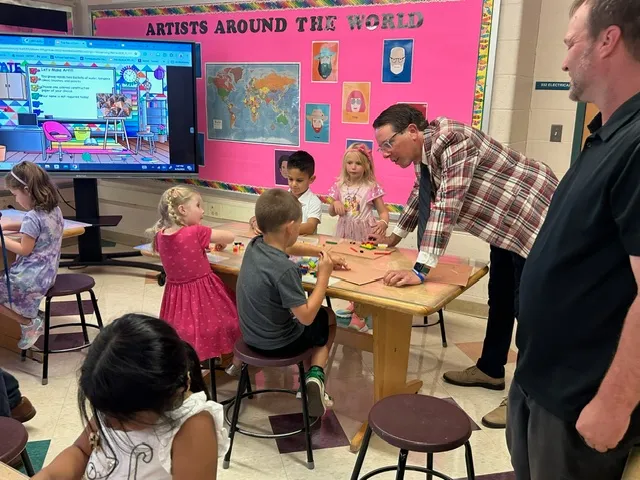
A lot of people my age and a lot of parents experienced a very teacher-centered classroom, where you had rows of desks, and you had a teacher talking at you for 40-plus minutes. And then a bell rings, and you're kind of like Pavlov's dog, and you get up and march to another classroom. And the door shuts, and you get more information for another 40 minutes.
We need to educate them on what school looks like. We need to continue to tell our story and be transparent and really focus on ongoing communications. I've made some changes to our communications department to afford us the opportunity to continue to do that.
Conversely, not everyone is just starting out in their career. We have a lot of veteran teachers who are used to teaching a certain way, and we're asking for a pretty significant paradigm shift.
So it's about having our administrative team, whether it's building-level administrators or district-level administrators, help people with this giant paradigm shift, where we're asking them to tether future-ready skills to core content and figure out what that looks like in the classroom.
And it's about helping our principals understand what it means to be an instructional leader in 2024 and beyond, and what we are looking for inside of a classroom.
The biggest hurdle is change. The biggest hurdle is looking at the short-term success and the overall long-term success.
I'm excited for the challenge. It's not to say everyone is on board with this, but any time you have significant change, it's just the fear of the unknown.


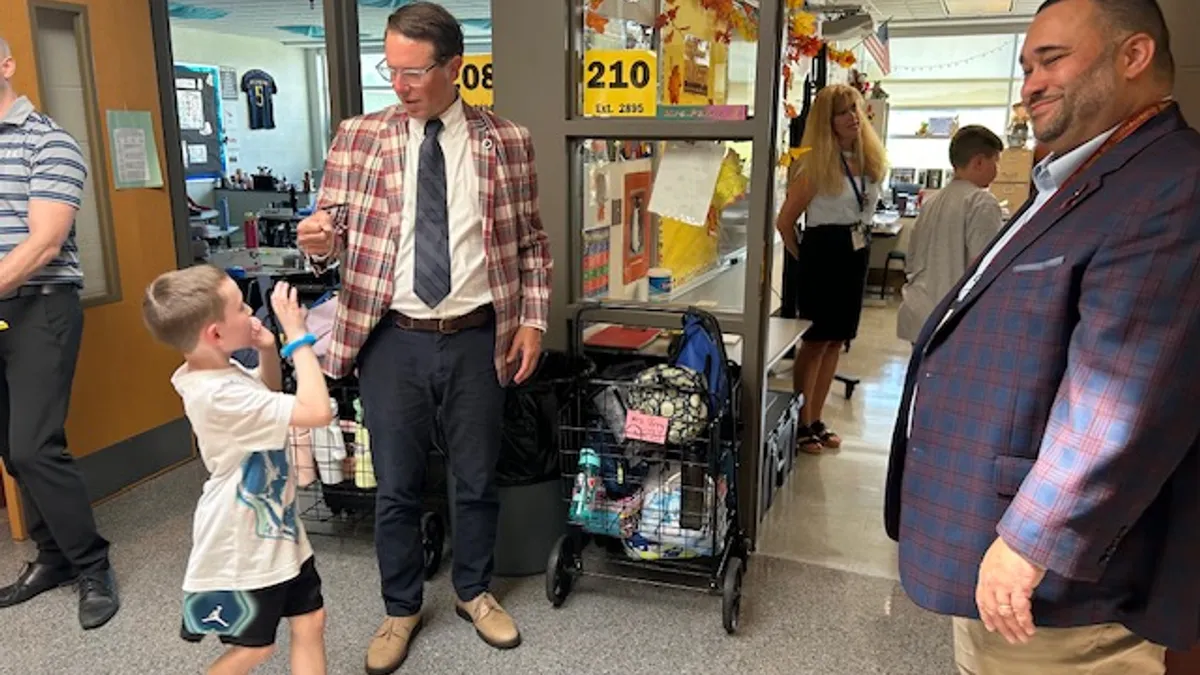




 Dive Awards
Dive Awards


